Imagine walking along crystalline blue-green waters, surrounded by majestic white travertine rock & beautiful, lush forests. All the while being awed by the countless waterfalls and cascades of water flowing between the park’s many lakes. Welcome to Croatia’s magical Plitvice Lakes National Park.
Plitvice Lakes had been high on my travel list because of the almost surreal photos I’ve seen (like the one above), as well as the glowing accolades from friends who had already visited the park.
Even European travel guru Rick Steves raves about Plitvice Lakes stating “Plitvice is one of Europe’s most spectacular natural wonders. There’s nothing like this lush valley of 16 terraced lakes, separated by natural travertine dams and laced together by waterfalls, boat rides and miles of pleasant plank walks.” … Well said, Rick!
So, in October 2019, I was thrilled to finally visit the Park as part of a 2-week Overseas Adventure Travel (OAT) tour to Croatia & Slovenia (plus Bosnia & Montenegro). (see tour map of the region) Not surprisingly, Plitvice Lakes did not disappoint!
In this blog post, I’m excited to share my Plitvice experience and photos with you to assist in planning your own visit. The park can be visited year-round, with each season coloring the landscape differently. You’ll see the beautiful fall foliage colors that I enjoyed.
About Plitvice Lakes National Park
In 1949, Plitvice became Croatia’s first national park. It was a popular destination during the Yugoslav period, but that came to a screeching halt during the Croatian War of Independence (1991-1995). Today, once again, this 114-square-mile (297 sq-km) park is a hugely popular tourist destination, with more than a million visitors each year.
- Credit: Deposit Photos / Good view of wooden pathways
- Credit: Visit Croatia website / Click all photos to enlarge
Plitvice Lakes National Park is located in a mountainous region of central Croatia. The park has a network of easy hiking trails and wooden footbridges (walkways) that wind around and across the water, allowing visitors (of all ages!) to enjoy the turquoise-colored lakes and the many waterfalls & cascades up close & personal!
Plitvice (pronounced PLEET-veet-seh) is divided into the Upper Lakes & Lower Lakes. Boats on the Kozjak Lake link the 12 upper lakes & the 4 lower lakes. In the Lower Lakes, you’ll find the park’s largest & tallest waterfall, Veliki Slap. (check out the excellent map below from the Rick Steves Croatia & Slovenia guidebook).
In 1979, Plitvice became a UNESCO World Heritage Site. This was due to its exceptional natural beauty and unique formation of travertine (tufa) barriers which created natural dams. This, in turn, created the 16 inter-connecting lakes, stair-stepping ever downward to create the multitude of dramatic waterfalls and cascades. (see schematic below of the Upper & Lower Lakes from Plitvice Lakes Info website).
 My Visit to Plitvice Lakes – A Photo Journey
My Visit to Plitvice Lakes – A Photo Journey
We arrived in Plitvice on a Monday morning (at 10:30am) in mid-October. It had been a 2.5-hour drive from Zagreb, Croatia’s capital. That afternoon, after our park visit, we would depart for the town of Opatija on the Adriatic coast, a 3-hour drive.
We spent 2 ½ wonderful hours in Plitvice Lakes with Martina, our OAT tour leader, leading our group of 13 around the park. We toured the Lower Lakes and ended with a boat ride across Lake Kozjak.
Let’s begin our Plitvice Lakes photo journey…
Entering the Lower Lakes
After getting our tickets at the park’s Entrance #1 (also called Rastovaca), we started our visit on a large wooden deck’s overlook with magnificent views of Plitvice’s Lower Lakes far below. We took in the “picture postcard” views of the Big Waterfall (Veliki Slap) and Sastavci waterfalls plunging into the lowest lake.
- Starting our visit – first to this wonderful overlook
- Classic Plitvice Lakes View – Veliki Slap waterfall (upper middle) & Sastavci waterfalls (lower left & middle)
- Heading down the path to the lakes / Click to enlarge
- You can view the wooden railings of the switchback path leading down to the water
We (and lots of other visitors!) descended to the lake level via a steep path through the woods with lots of switchbacks – enjoying frequent views on the way down. Kaluderovac is the first lake you arrive at, shimmering with beautiful clear turquoise waters.
- View of Kaluderovac Lake (from path down)
- Kaluderovac Lake
There, we began our walk on a long series of very cool wooden boardwalks, sometimes crossing over shallow sections of the lake and often hugging the lake shoreline.
The Big Waterfall – Veliki Slap
After crossing the wooden footbridge over this first lake, we took the “optional” (but really not-to-be-missed!) 10-minute detour to the right to get to Veliki Slap. As the park’s tallest waterfall, it’s an impressive 78 meters high (256 ft).
Depending on recent rainfall, the force of the waterfalls can vary from a light mist to a thundering deluge. Apparently, the park’s waters flow more strongly in the spring. So, on our Fall visit, Veliki was definitely not thundering but still very pretty.
- Wider view – Kaluderovac lake (on left) with wooden path leading to Veliki Slap waterfall (in upper right)
- Veliki Slap waterfall. Photo Credit: 123RF.com
We returned via the same walkway and continued along the right side of Kaluderovac Lake until we arrived at Supljara Cave. Along the way, we saw some of the lake’s most popular residents – the trout! Even though fishing is strictly prohibited in the park, trout is a popular item on local menus.
- Kaluderovac Lake
- Note the lake trout!
Supljara Cave & Start of Gavanovac Lake
At the end of Kaluderovac lake, wooden steps led up to the next level which was Gavanovac Lake. Just before the steps, a small walkway branched off to the left towards a trail to Supljara Cave (which apparently is a climb up). It is not one most people take & from my readings, the Cave may be temporarily closed.
- Supljara Cave – a trail goes up to the left
- Supljara Cave area – steps leading to cave to the left. Steps heading up to next lake – Gavanovac
As the main wooden steps led gently upward, we passed more picturesque water terraces with cascades of water flowing between them. Then beautiful lake & forest views continued as we walked.
- Flowing cascades of waters between lakes
- Gavanovac Lake
Milanovac Lake
Reaching the next large lake, there were areas where the main path is a natural dirt one following along the left shore of the lake. At the top of the lake, you’ll see a couple groupings of lovely, graceful waterfalls in my photos.
- Milanovac Lake
- Milanovac Lake
Leaving Milanovac Lake, the wooden pathway curved to the right and took us through a forest trail, as we followed the signs with a boat icon for P-3. The trail was inland just a bit from Lake Kozjak, which we were now paralleling.
- (left photo)- Wooden bridge en route to Lake Kozjak
Lake Kozjak & Its Rest Area
Soon, we popped out into a pleasant rest area in a clearing on the shore of Lake Kozjak, the park’s largest lake. Here, we took a 25-minute break – taking advantage of the WCs, picnic tables, a souvenir shop and a self-service restaurant.
- Lake Kozjak – rest area
- 3 of my travel mates – Sherry, Catie & Marilyn
- Beautiful Lake Kozjak
We headed to the boat dock (P-3), tickets in hand, to catch the 12:20pm boat across Kozjak Lake to dock P-1. We enjoyed the 20-minute ride with its gorgeous lake & fall foliage views.
- Lake Kozjak – Pier 3 (P-3) – boarding our boat
- Closeup of a Lake Kozjak electric boat
The park runs about 8 boats, all low-impact electric, to shuttle visitors between the three boat docks on Kozjak Lake. Departures are usually around every 30 minutes.
- Plitvice Lakes park map posted on large board
- Lake Kozjak – our dock for Pier 1 (P-1)
Saying Goodbye to the Lakes
Our Plitvice Lakes visit had sadly come to an end. We disembarked the shuttle boat at dock P-1. From here, it was about a 10-minute walk uphill to Park Entrance #2 (aka Hladovina). There, our tour bus & driver were waiting for us – to whisk us away for lunch in a town a few minutes away before driving to the coast.
Plitvice’s Upper Lakes
Lake Kozjak is the “border” lake between Plitvice’s Upper & Lower Lakes. Unfortunately, we did not have additional time to explore any of the upper lakes – but I would have loved to! However, if you are able, it sounds like that would be also very worthwhile!
I always trust Rick Steves’ sightseeing recommendations in his guidebooks. Here is what he says about the Upper Lakes: Focus on the lower half of the Upper Lakes, where nearly all the exotic beauty is (between P-2 and Lake Galovac). You’ll soon experience some of the most striking waterfalls in the whole park.
The map – from Rick Steves Croatia & Slovenia guidebook – shows his recommended walking route for both the Lower Lakes (which we did) and the Upper Lakes. Happy Trails!
MORE INFO FOR VISITING PLITVICE LAKES
About The Park
The park officially has two entrances (ulaz), each with ticket windows, snack & gift shops. Entrance #2 is located about 1.5 miles south from Entrance #1 (the one we started at). Since Plitvice has no town, the park has three official hotels near Entrance #2.
Luckily, there is a Shuttle Bus that runs between the two entrances – as you will likely enter the park at one entrance and exit via the other (like we did!). Thus, the shuttle will save you a 1.5 mile / 40-minute walk along a highway.
The park is open every day, but hours vary by season. In spring & fall, it’s generally open 8am-6pm. Of course, always check the park’s website for the latest information.
When To Go
Plitvice Lakes is a popular destination all year round. Many visitors come during the summer months. So, if you’re planning a trip from June through August, expect big crowds – with congestion on the walkways and hot temperatures.
Water levels tend to be lower during the summer months so the waterfalls may not be as impressive. Spring and autumn are the best times to visit. Crowds are less and the waterfalls are roaring during the spring months. In autumn, you can capture the lakes with the fall colors.
Crowd-Beating Tips (from Rick Steves)
Plitvice is swamped with international tour groups, many of which aren’t shy about elbowing into position for the best photos. While it’s impossible to entirely avoid crowds, you’ll get at least some of the park to yourself if you hike early or late. The park’s trails are most crowded between 10am-3pm. The Upper Lakes are often less crowded later in the day, especially in the afternoon.
How to Get To Plitvice Lakes
Yes, getting to Plitvice takes some real effort, especially if you’re an independent traveler (not on a tour like me!). Public transportation is workable, but the region is easiest by car. The closest cities are Zagreb & Zadar. However, here is another option if not on a formal tour or have a car.
A travel blogger I follow highly recommends Zagreb Tours for a full-day trip to Plitvice. She had a morning pickup in Zagreb and was transported to Plitvice as part of a small group tour. Their guide escorted them through the park entrance and explained the trails and transportation system. They were then free to hike at their pace, take a boat ride and use the bus to return to the meeting spot five hours later for a return back to Zagreb. Easy-peasy!
Here are driving distances & approximate times from popular spots in Croatia: (credit to EarthTrekkers blog)
- Zagreb: 135 km, 2 hours 15 minutes
- Zadar: 136 km, 2 hours
- Split: 260 km, 3 hours
- Dubrovnik: 450 km, 5 hours
- Pula: 275 km, 3 hours 45 minutes
Planning Your Time
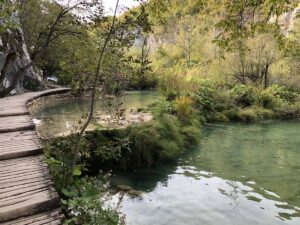
Since it takes some significant time to get to Plitvice (as per above), a sensible plan might be to spend the night in the area – either at one of the park’s hotels or at a guesthouse nearby. That way, you can plan your visit to avoid the busiest part of the day (which is mid-day).
PLITVICE LAKES – MORE RESOURCE INFO
- Plitvice Lakes National Park website
- Brochure from Park’s Website (about lodging & services)
- Travel Guide to Plitvice Lakes
- Earth Trekkers Blog About How to Visit Plitvice Lakes
Julia, a friend & travel blogger at “Travel the Four Corners” also recently visited Plitvice Lakes. She had a little adventure at the end of her visit, in which she learned the importance of the Park rule: “No walking off the track.” Check out her blog post to learn more – Lost in Plitvice Lakes National Park.
My Croatia visit included a couple days exploring fascinating Dubrovnik, a lovely old walled city on the Dalmatian coast. Here’s the link to my blog post: Dubrovnik: Why Croatia’s “Pearl of the Adriatic” is a Must Visit.
I hope you have enjoyed this visit to Plitvice Lakes. May your future travels take you to Croatia & lovely Plitvice.
COMMENTS: Have you visited Plitvice Lakes? If so, when did you go and what was your impression & experience? Is the Park on your list now?

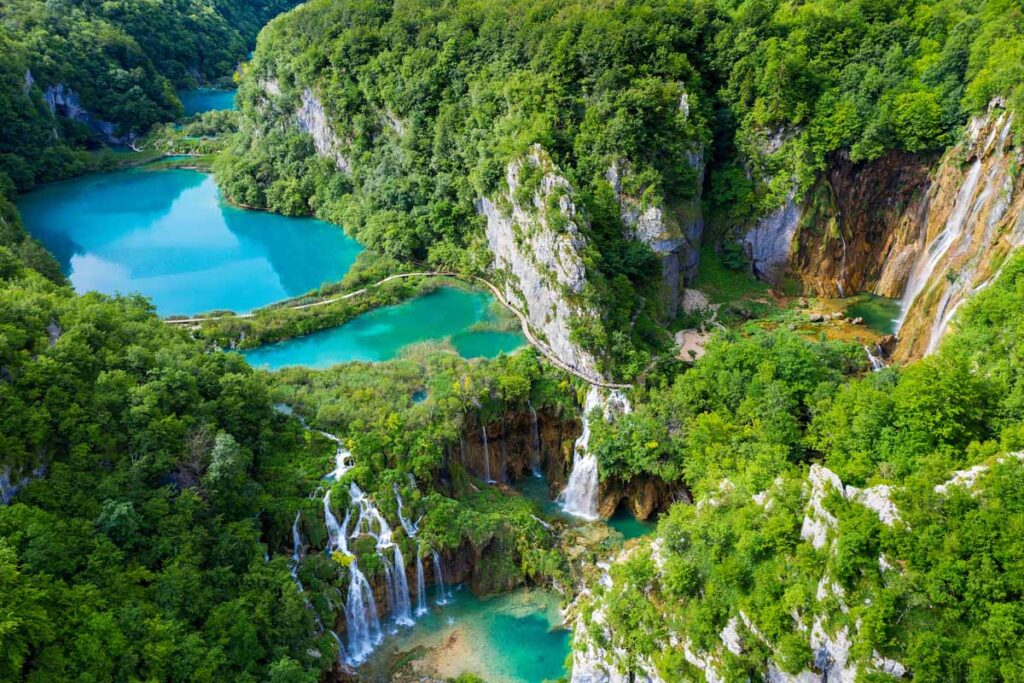
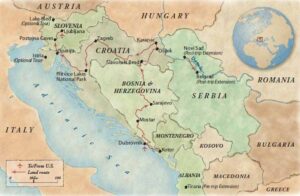
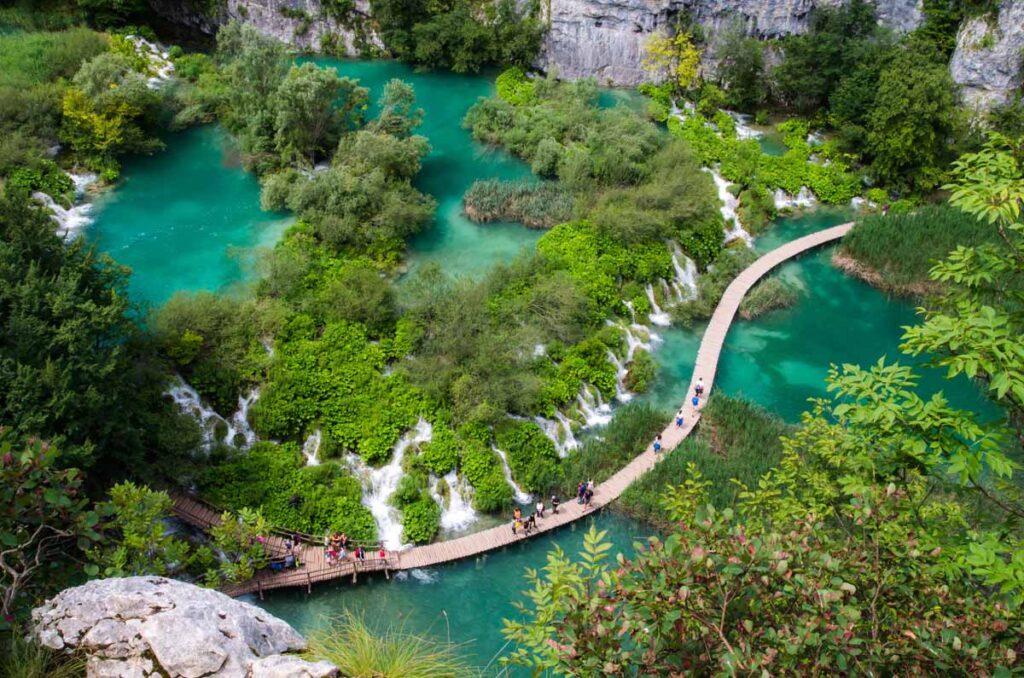
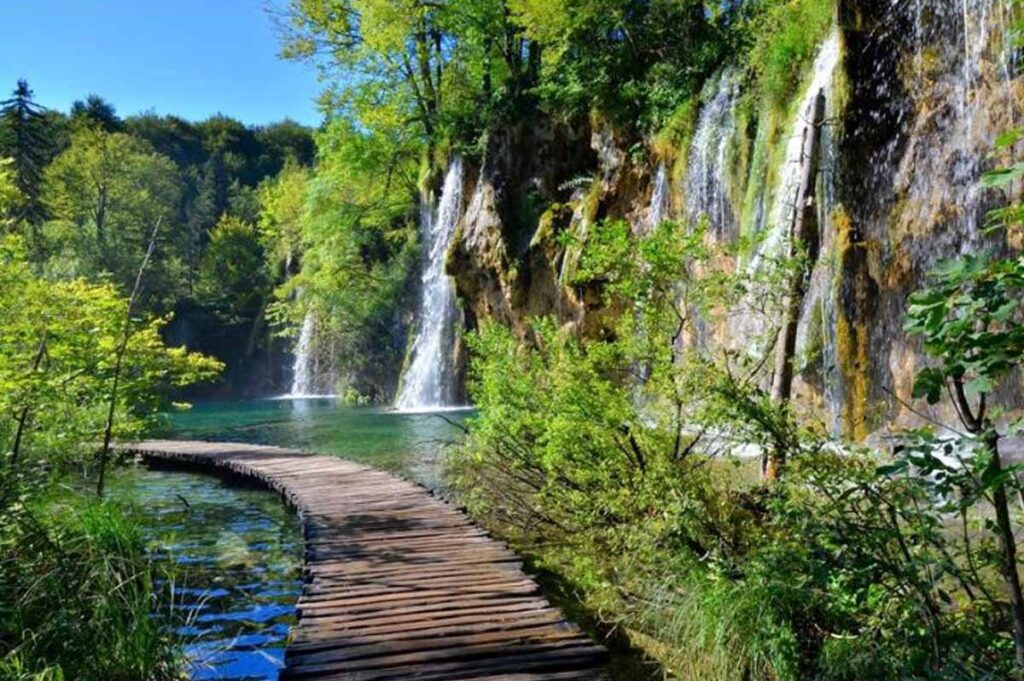
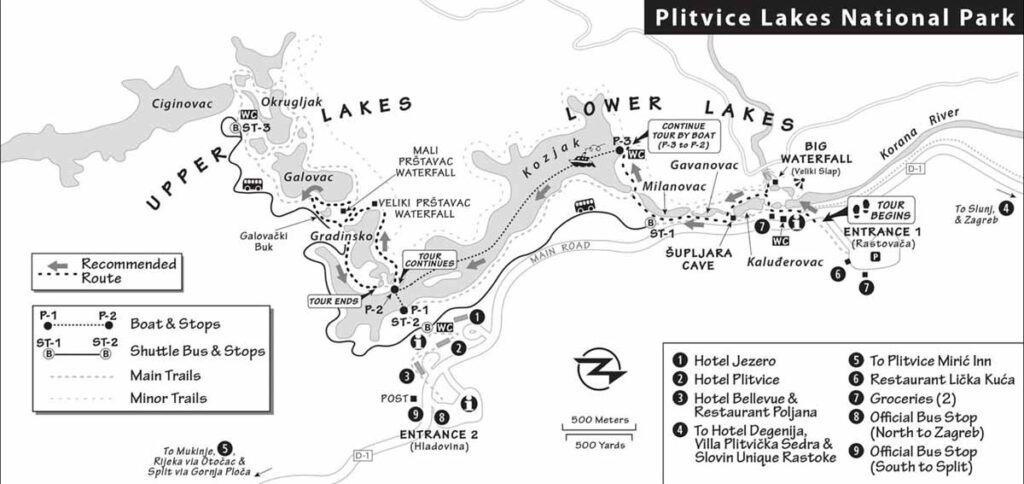
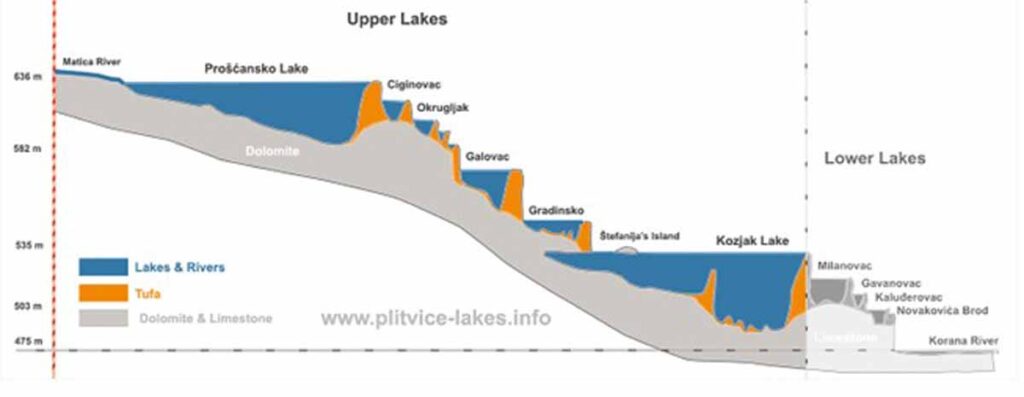

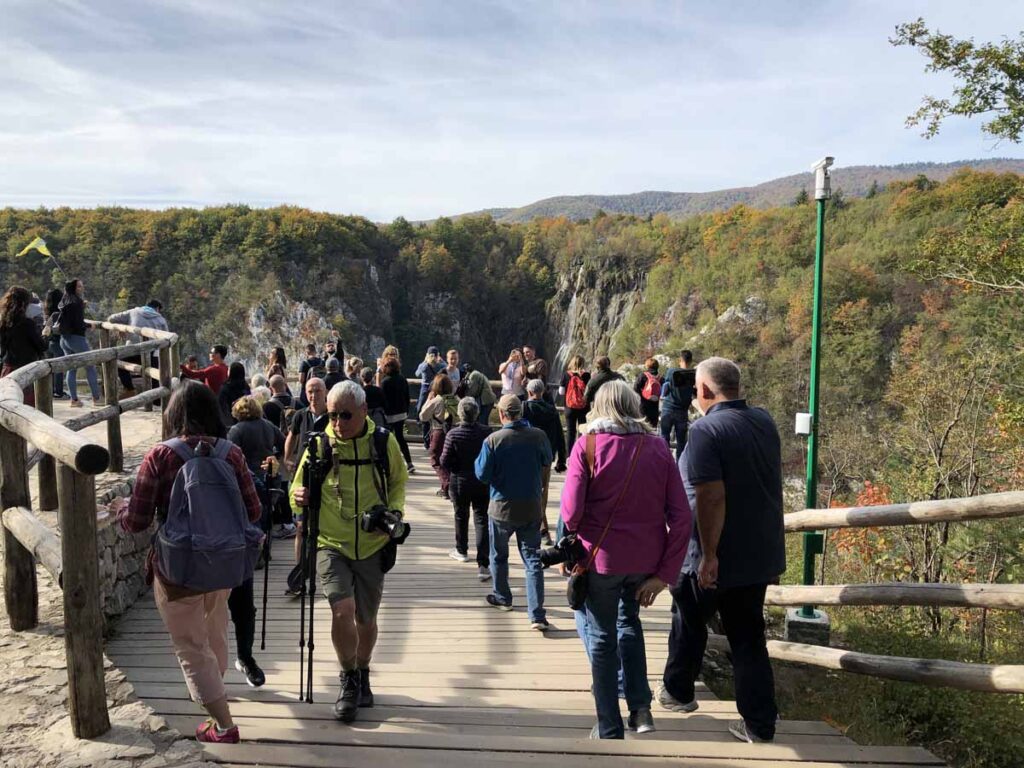
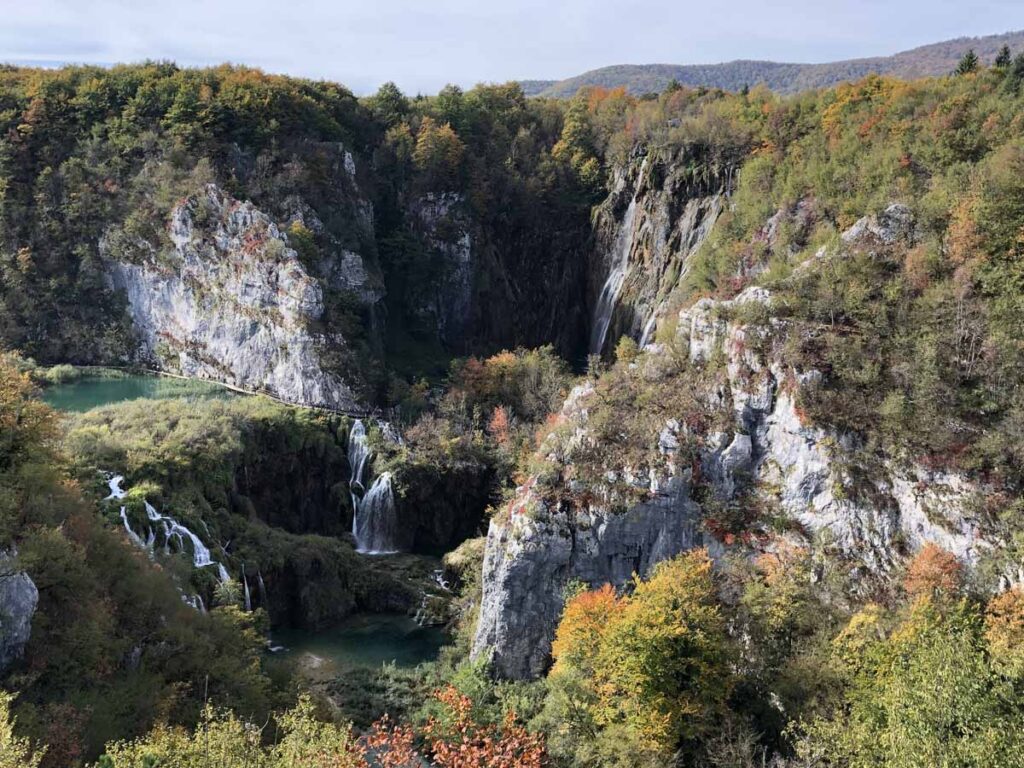
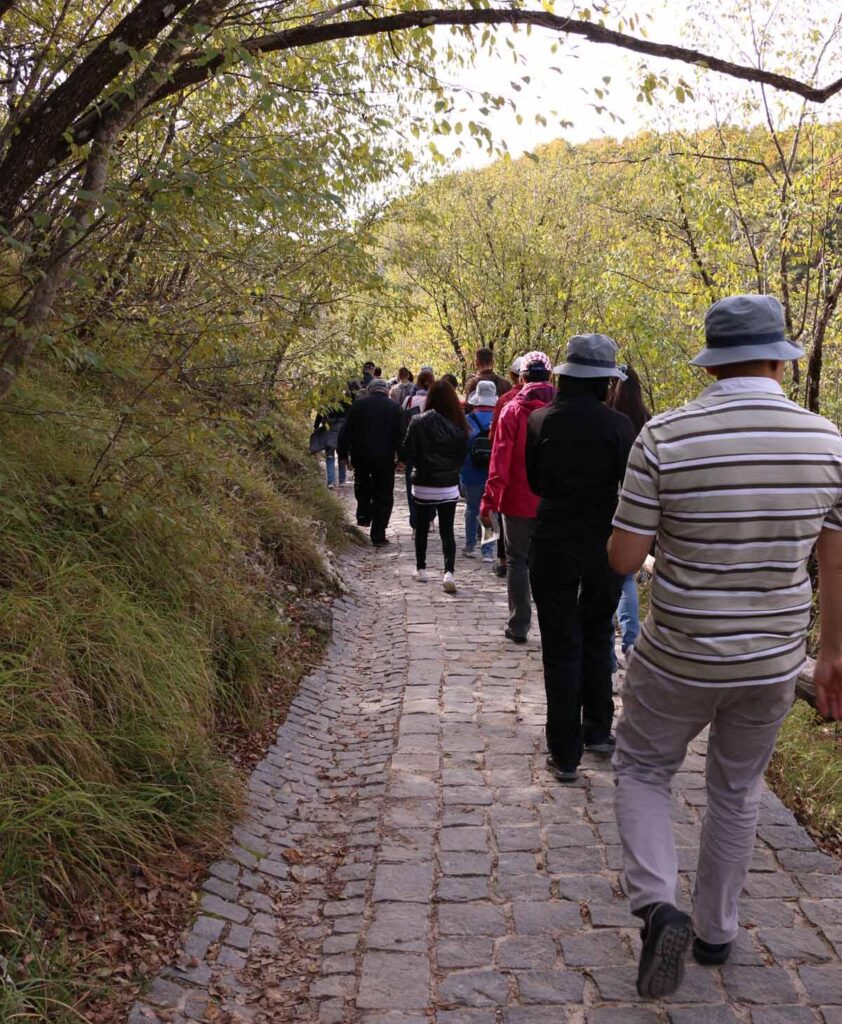
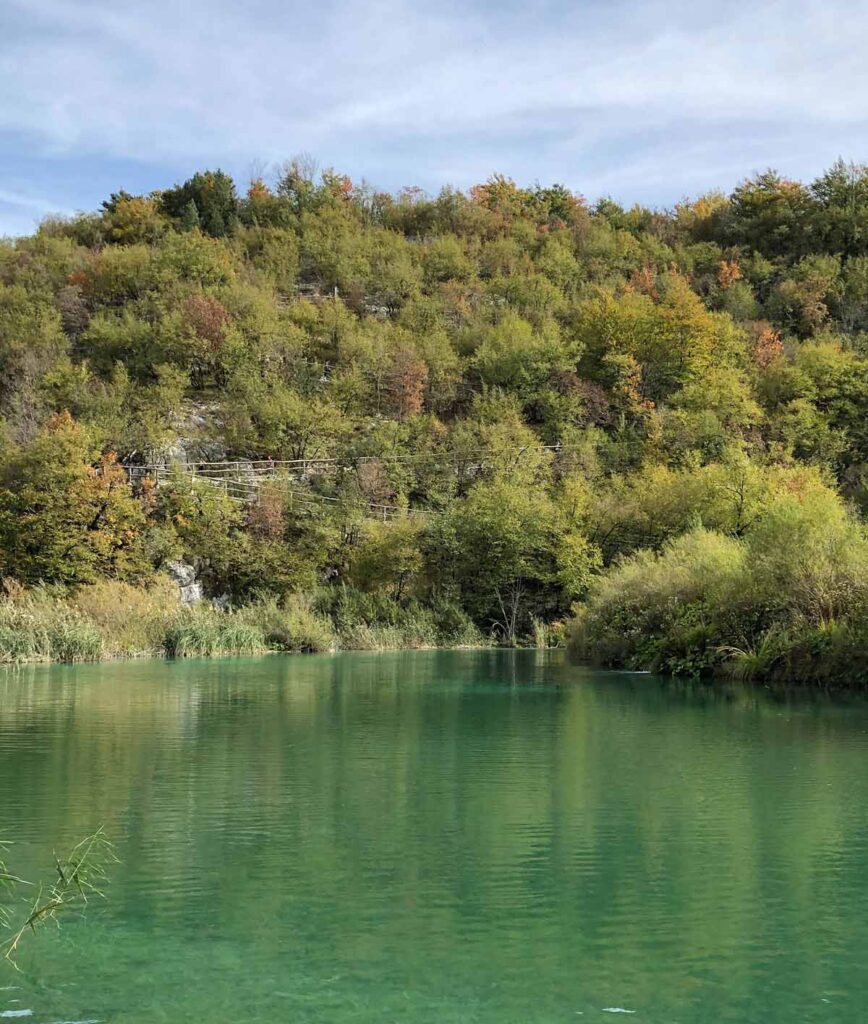
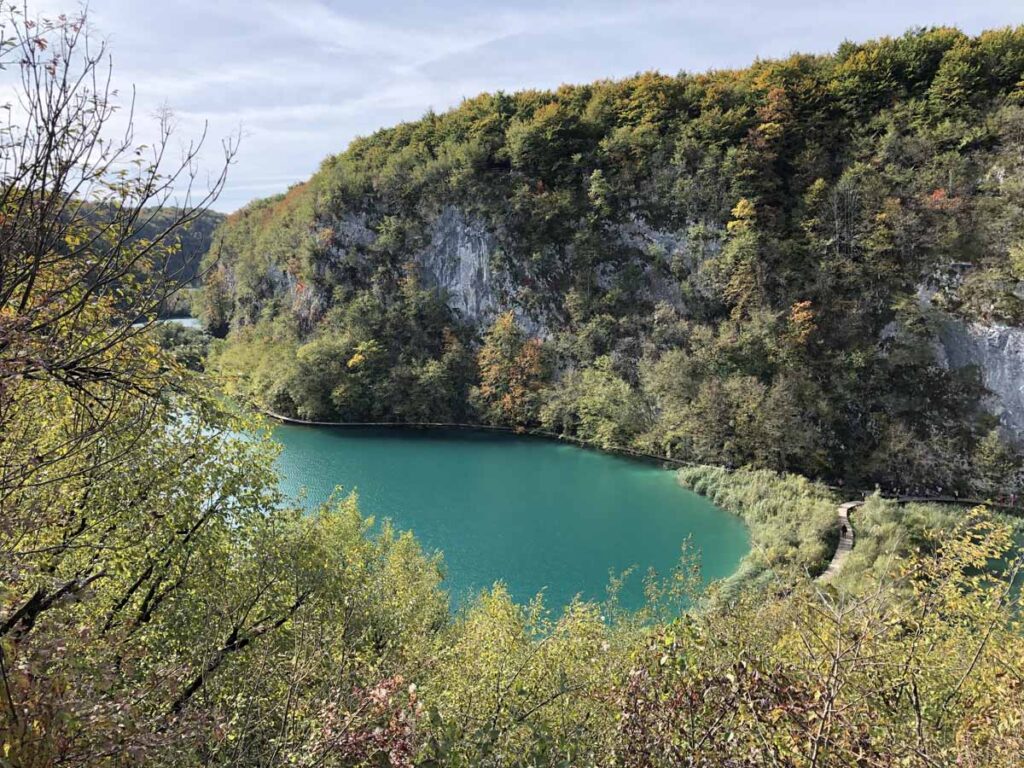
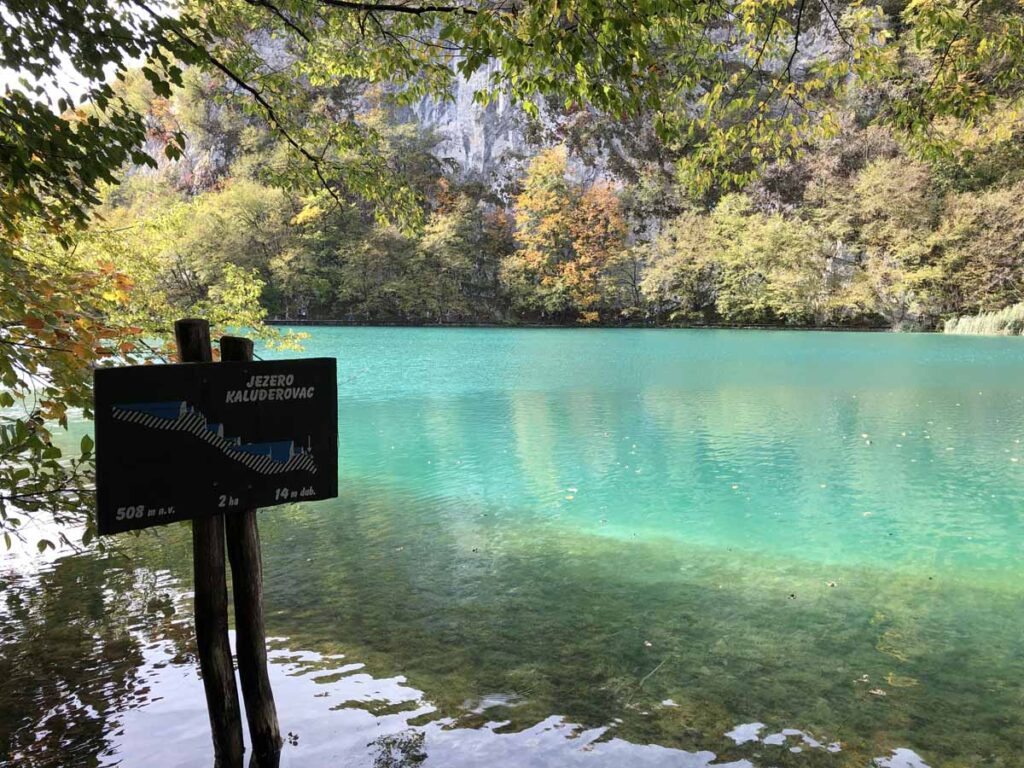
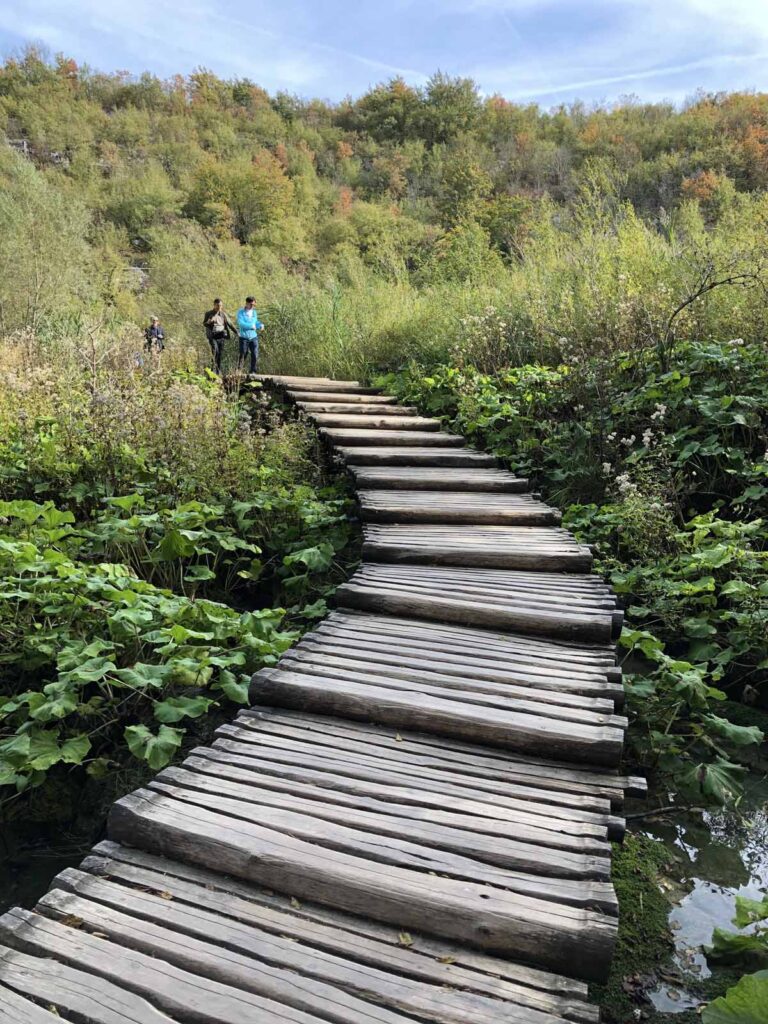
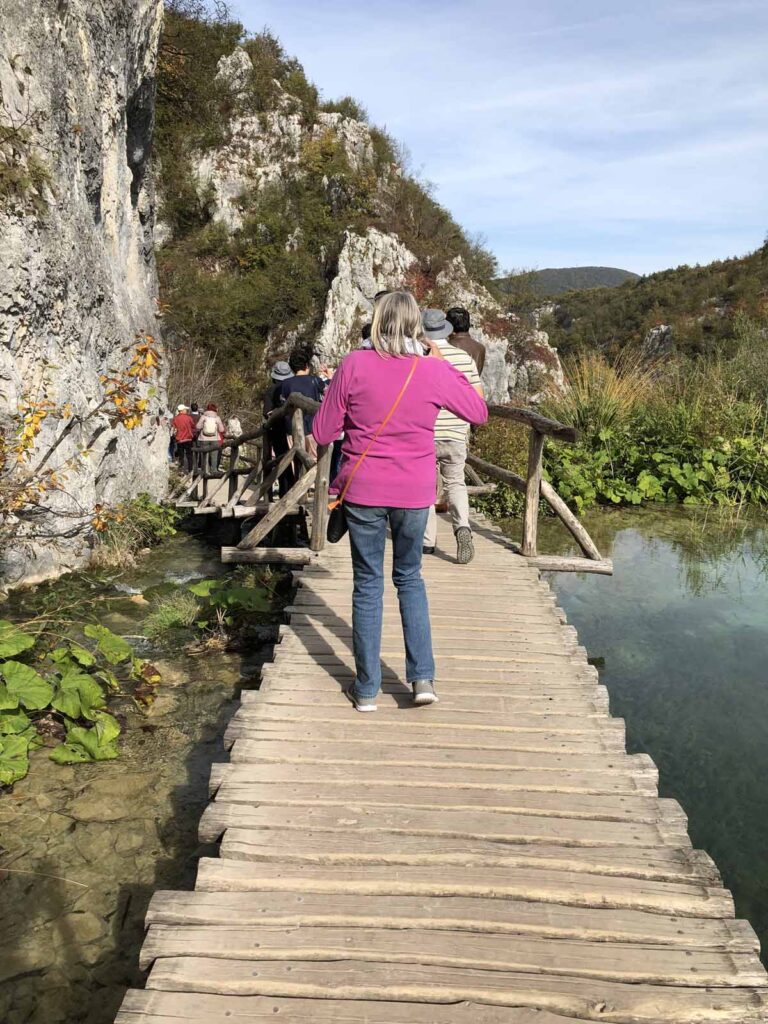
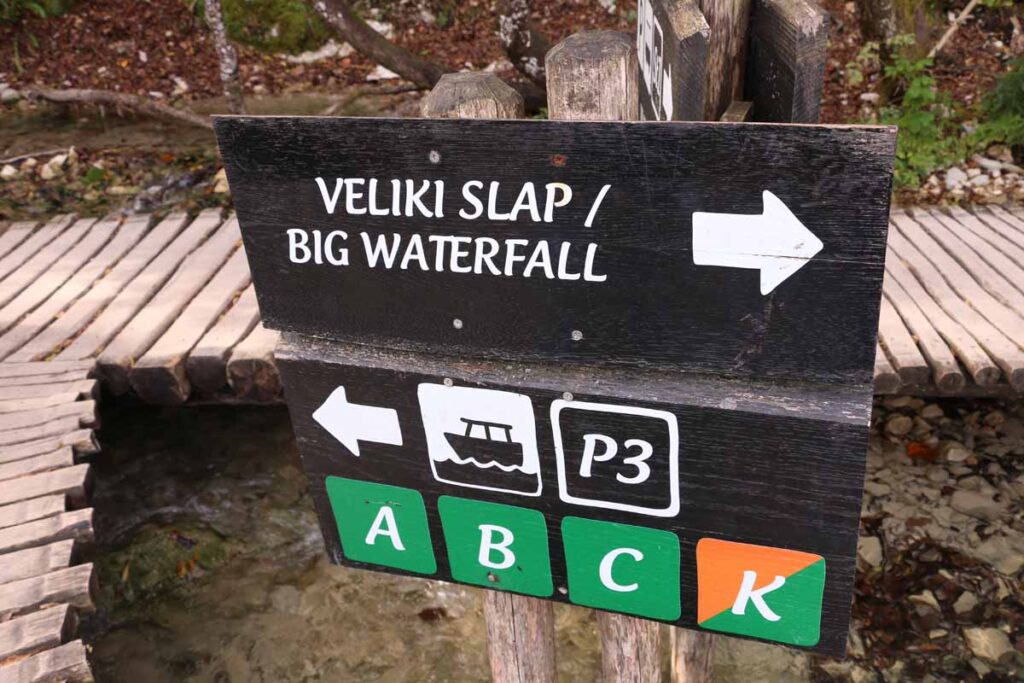
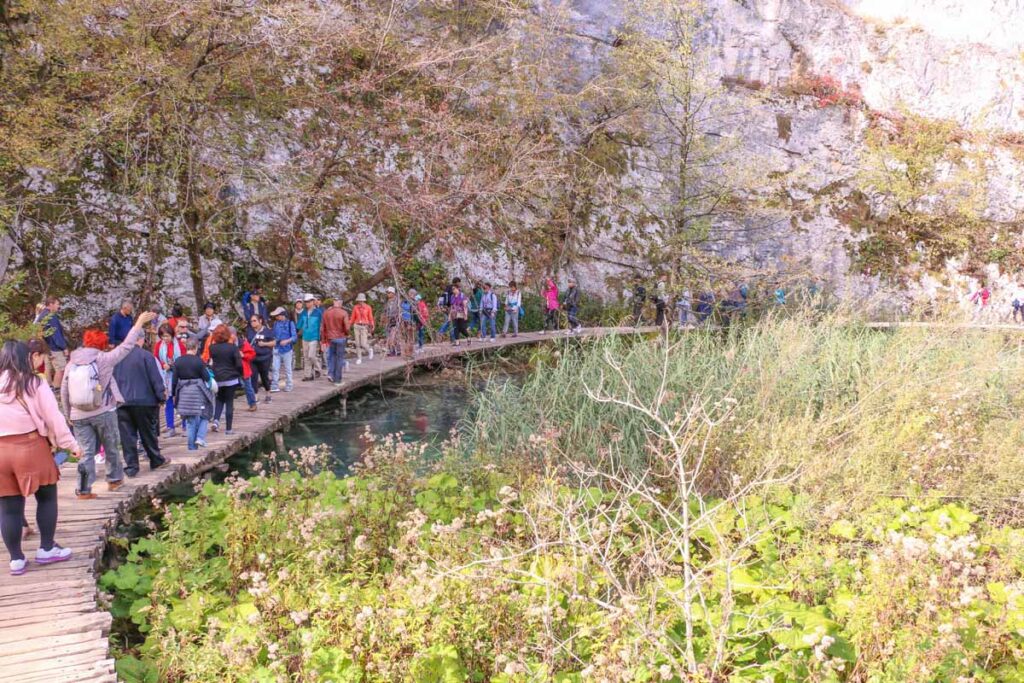
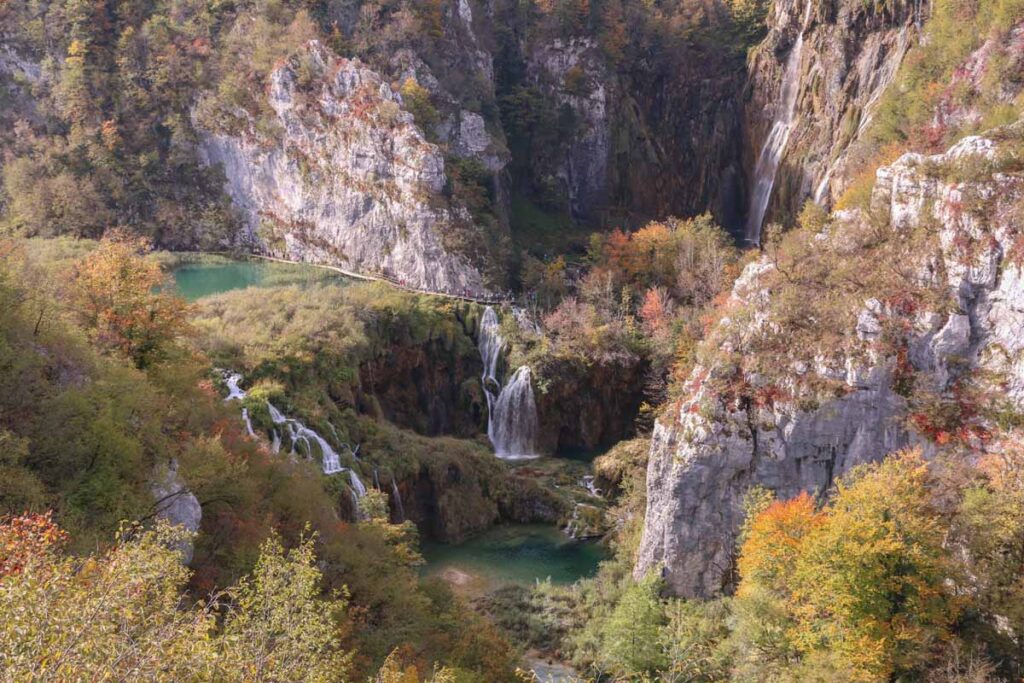
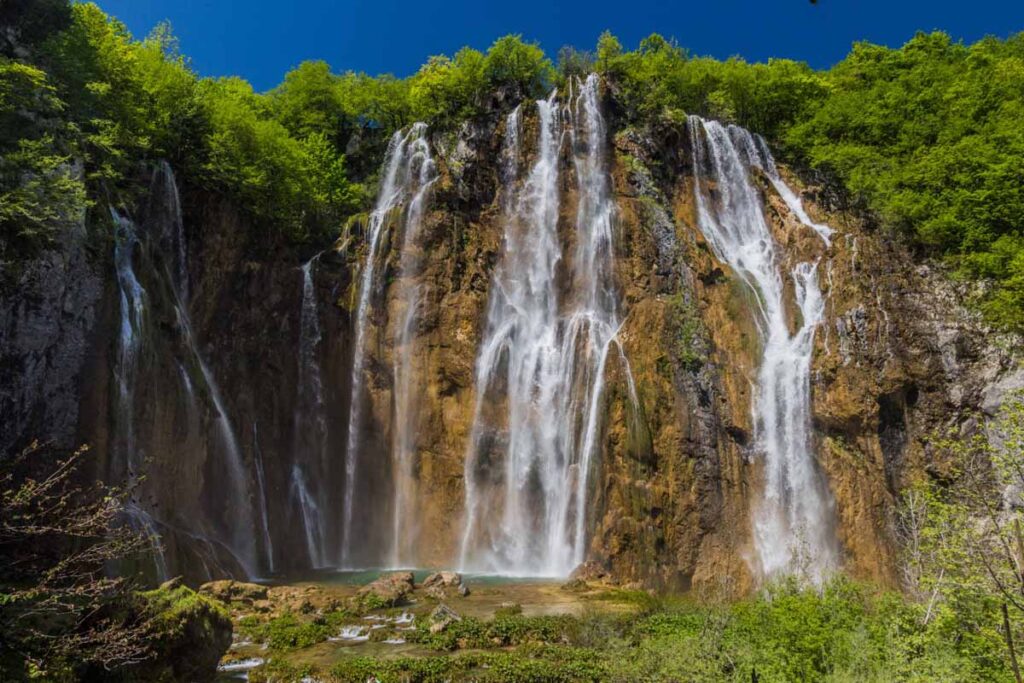
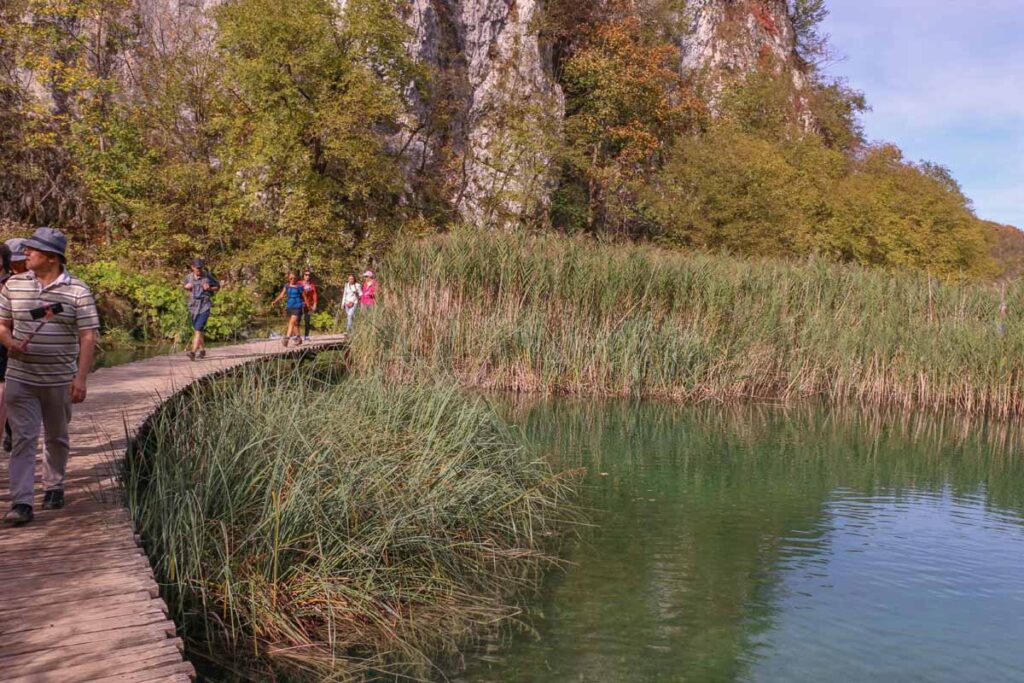
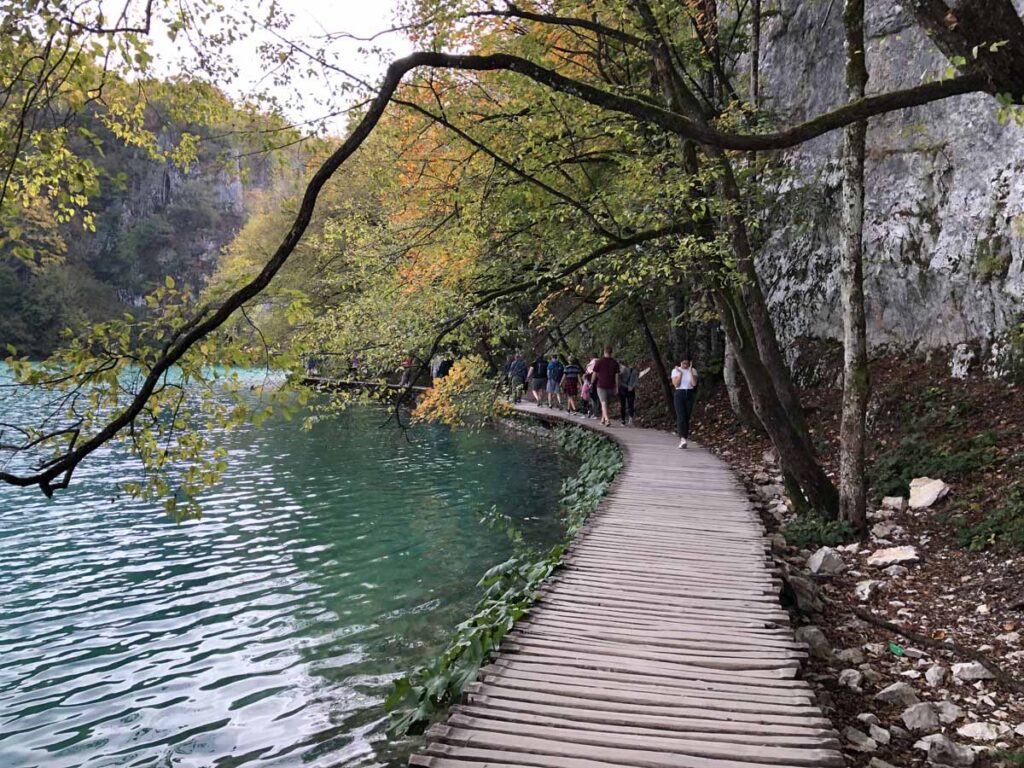
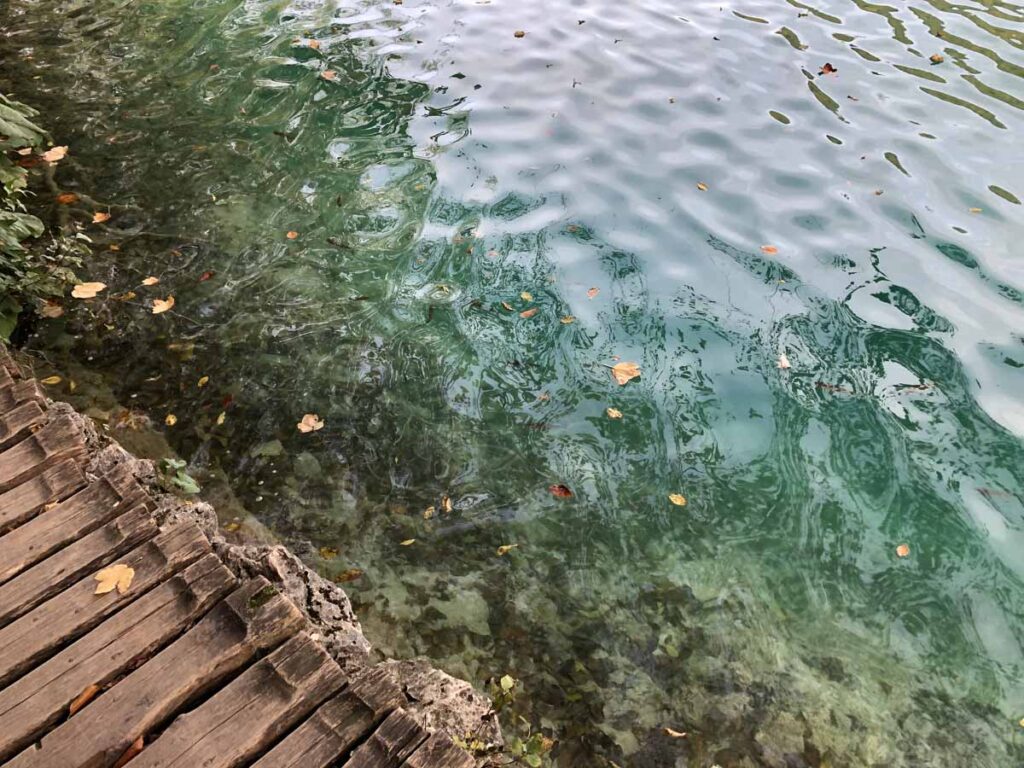
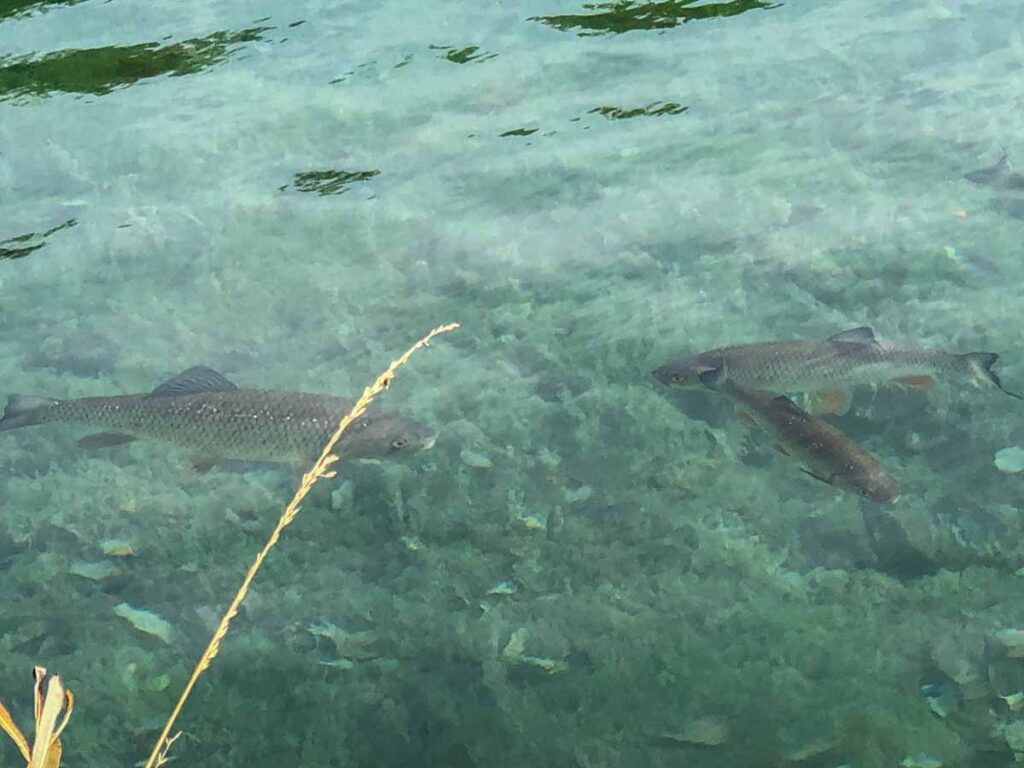
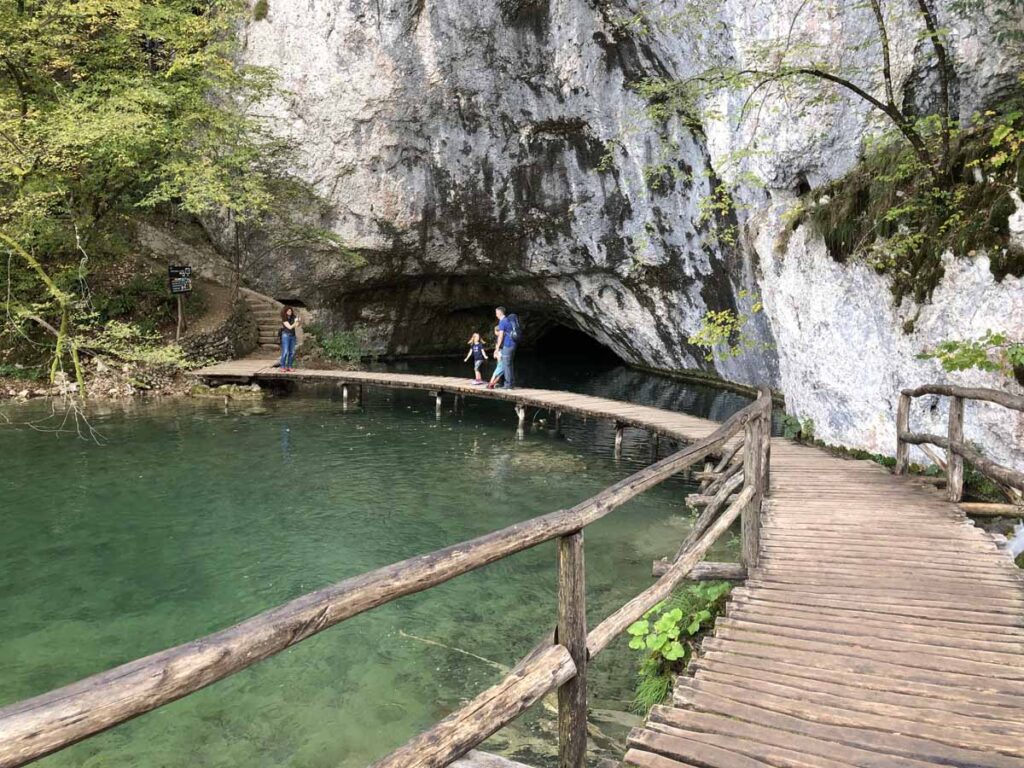
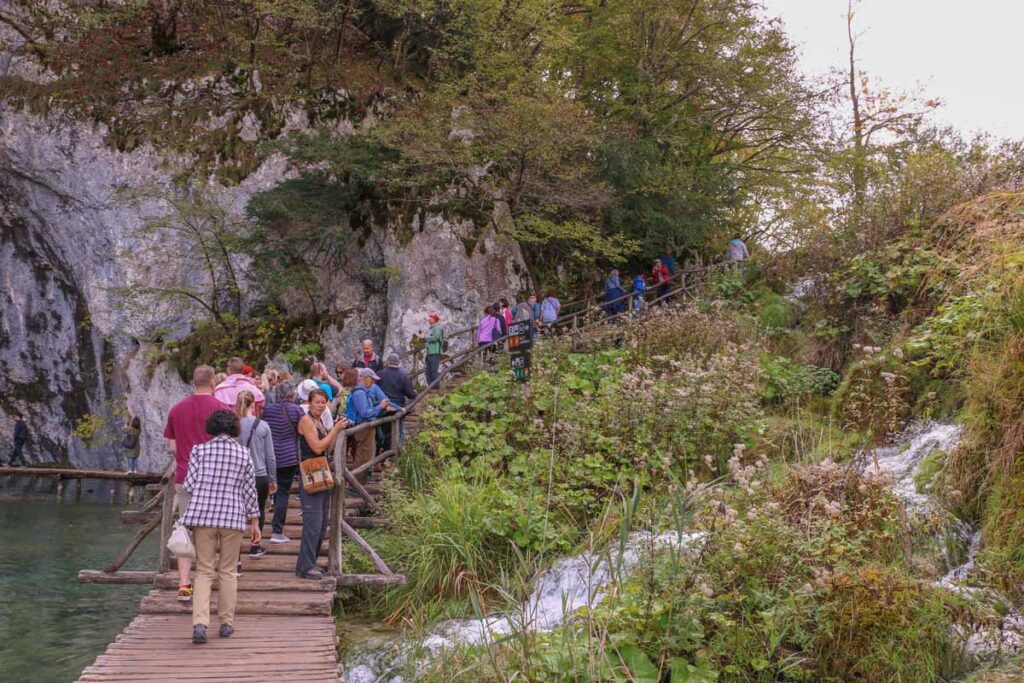
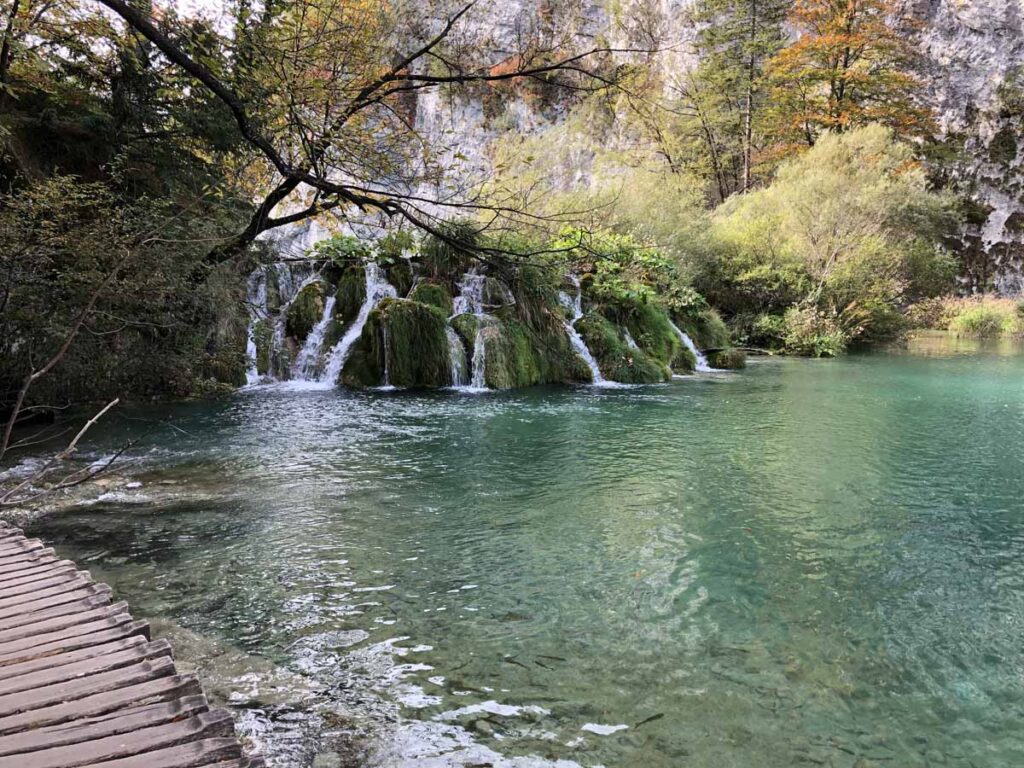
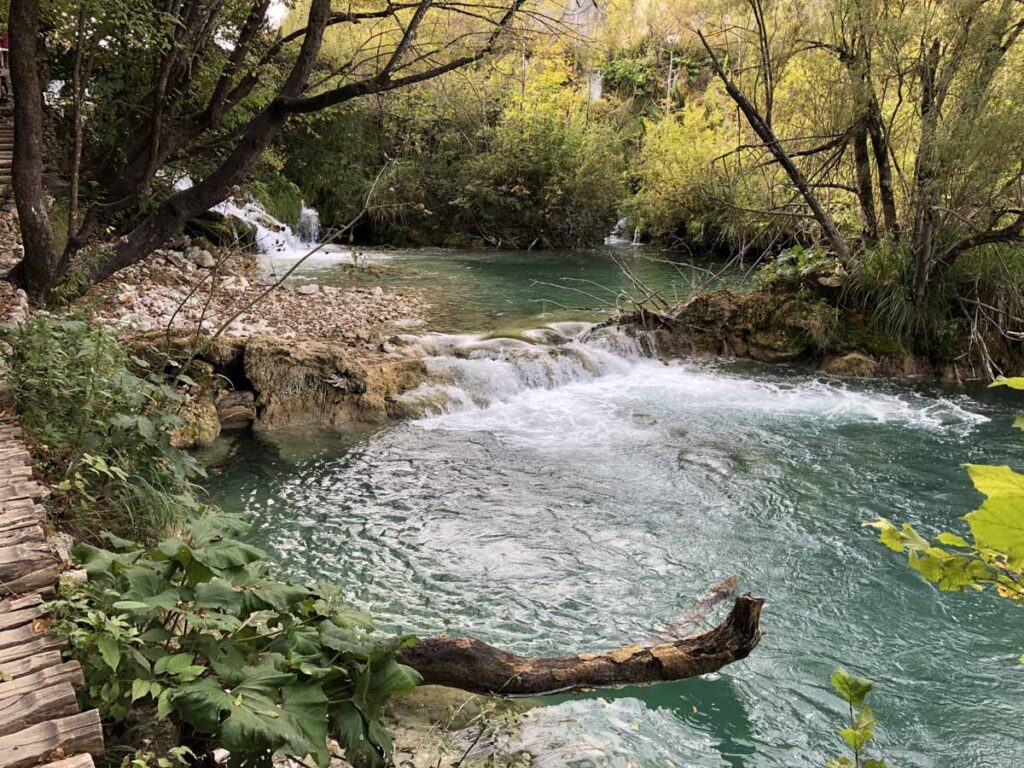
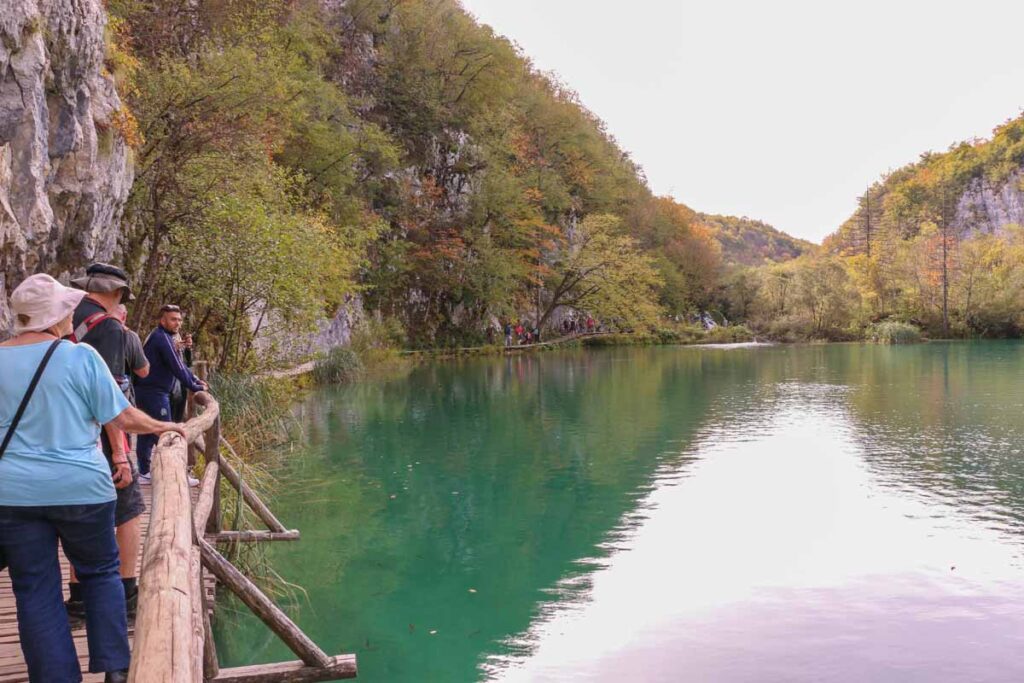
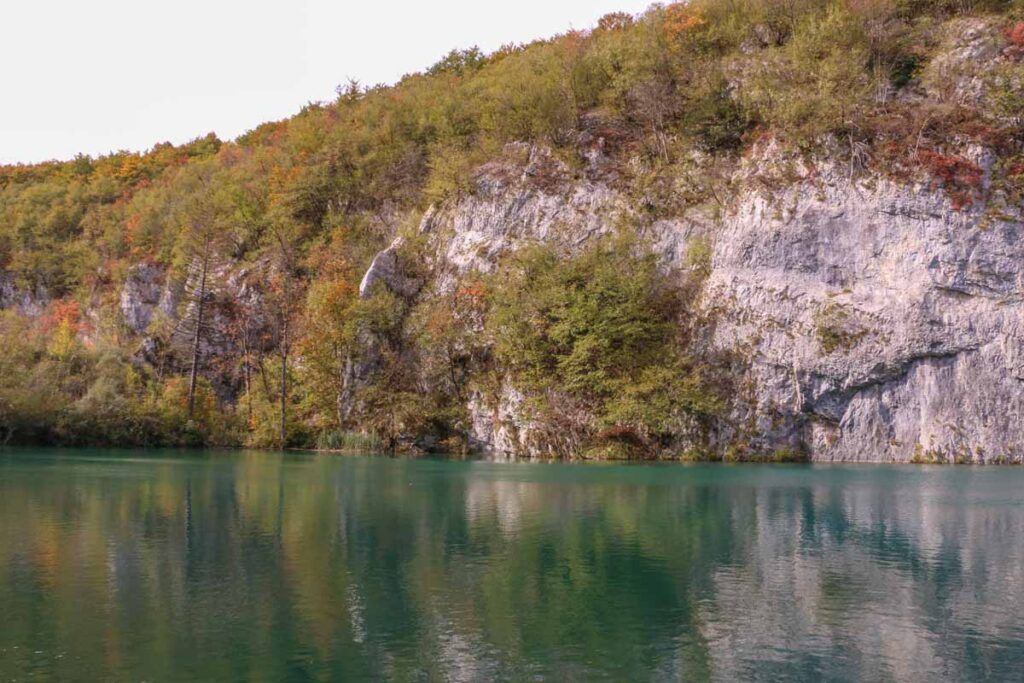
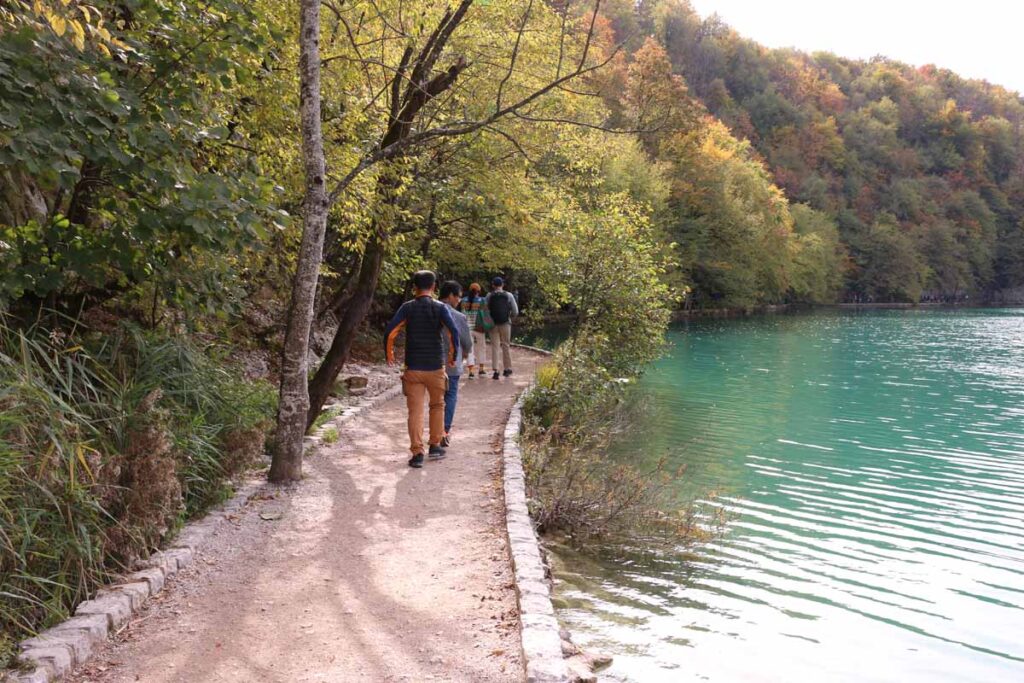
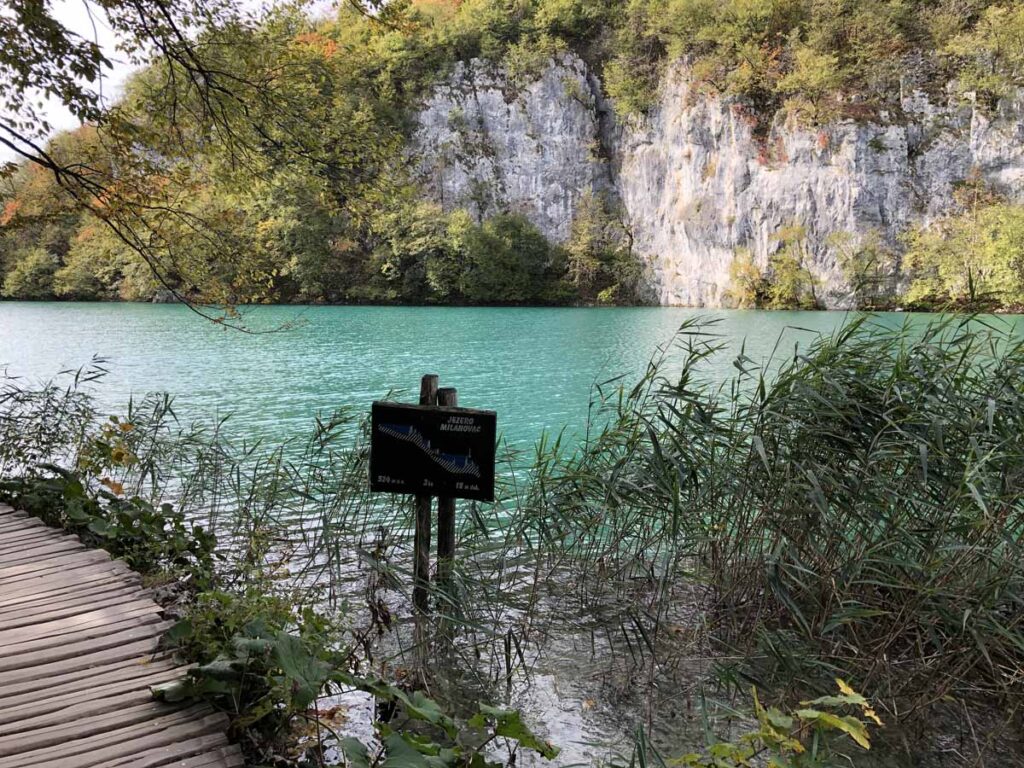
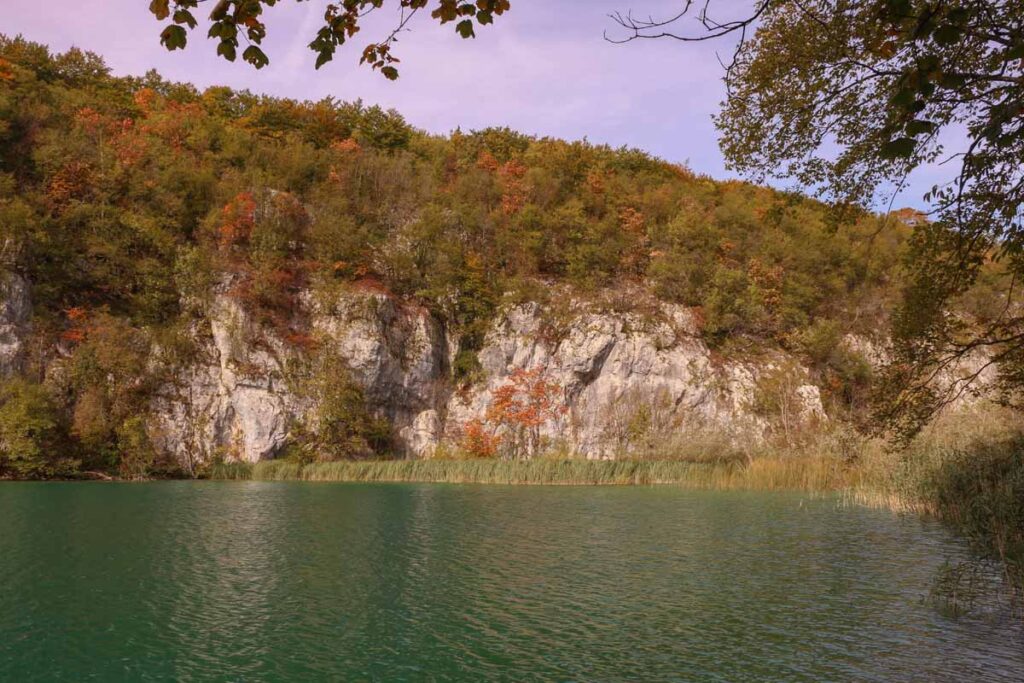
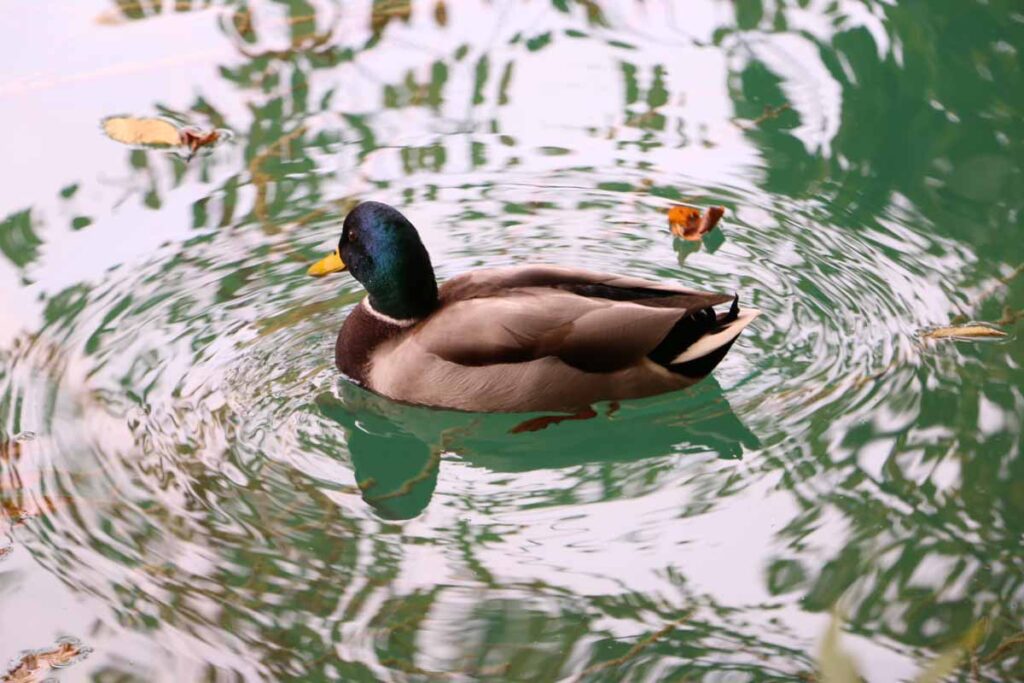
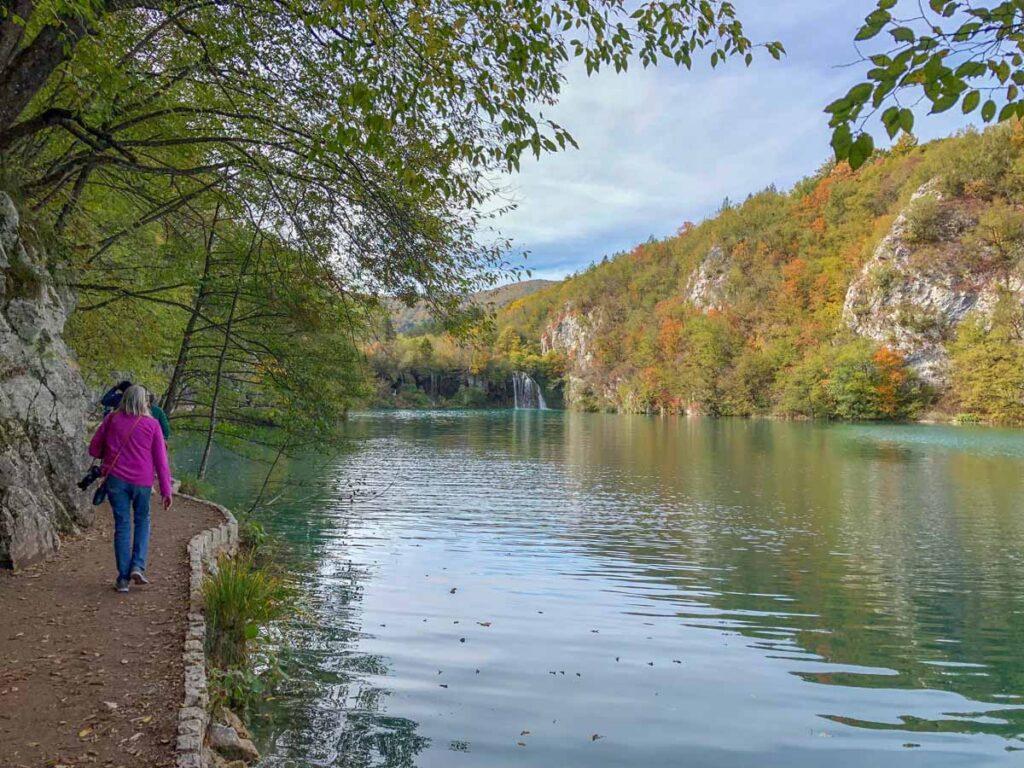
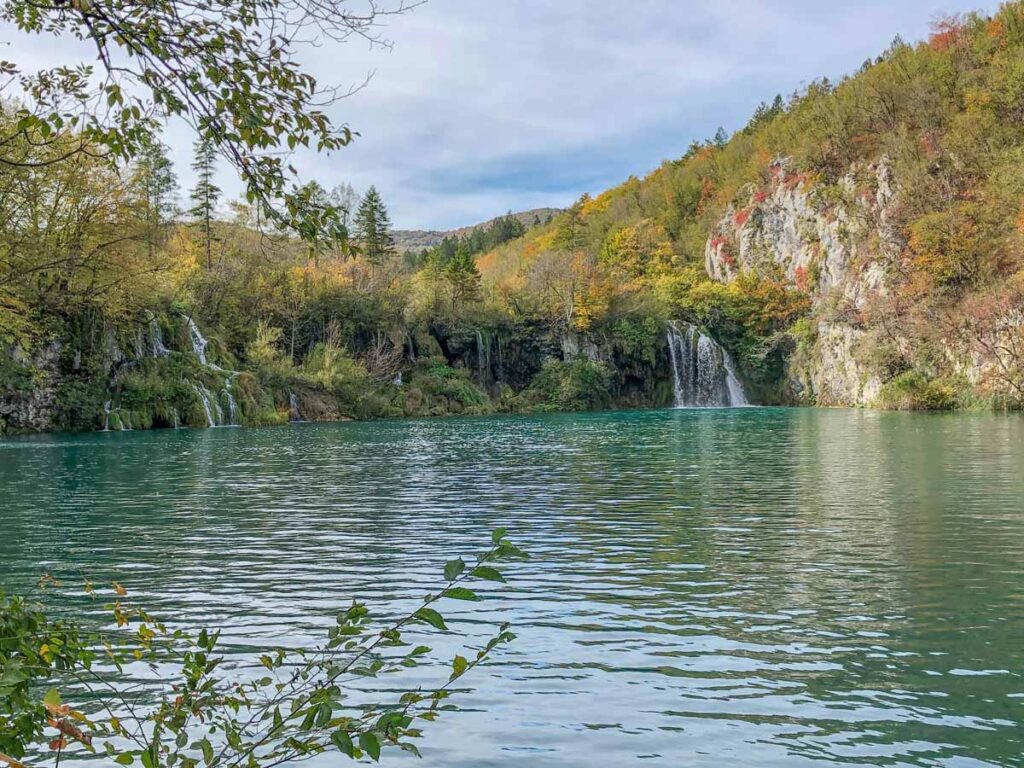
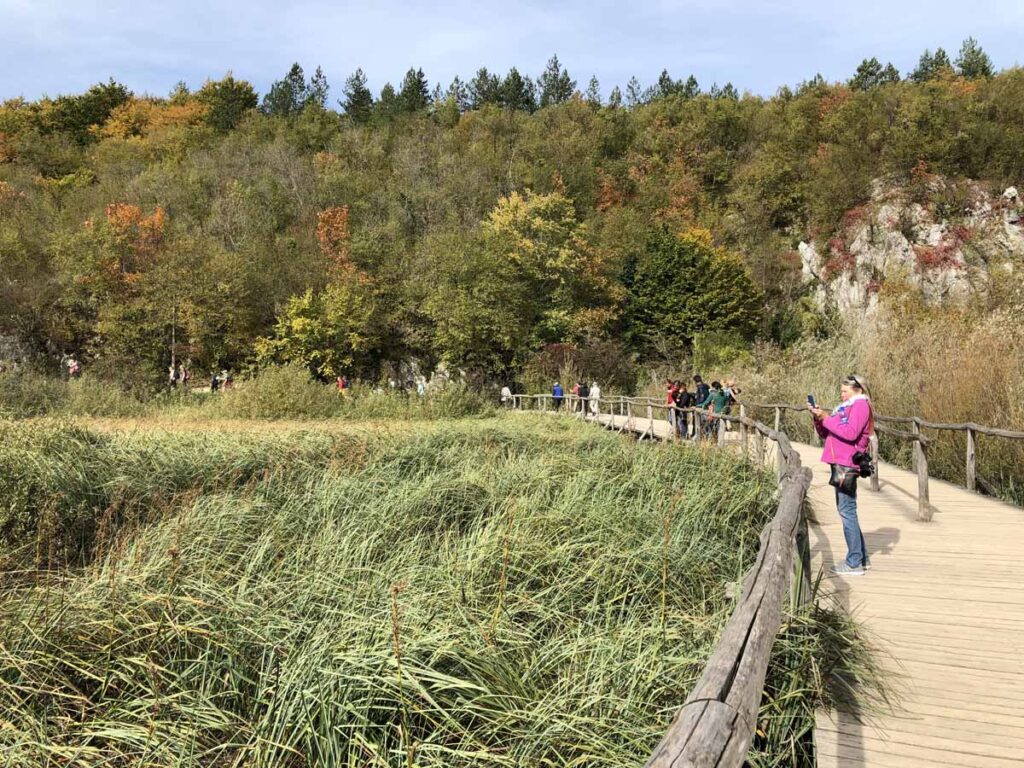
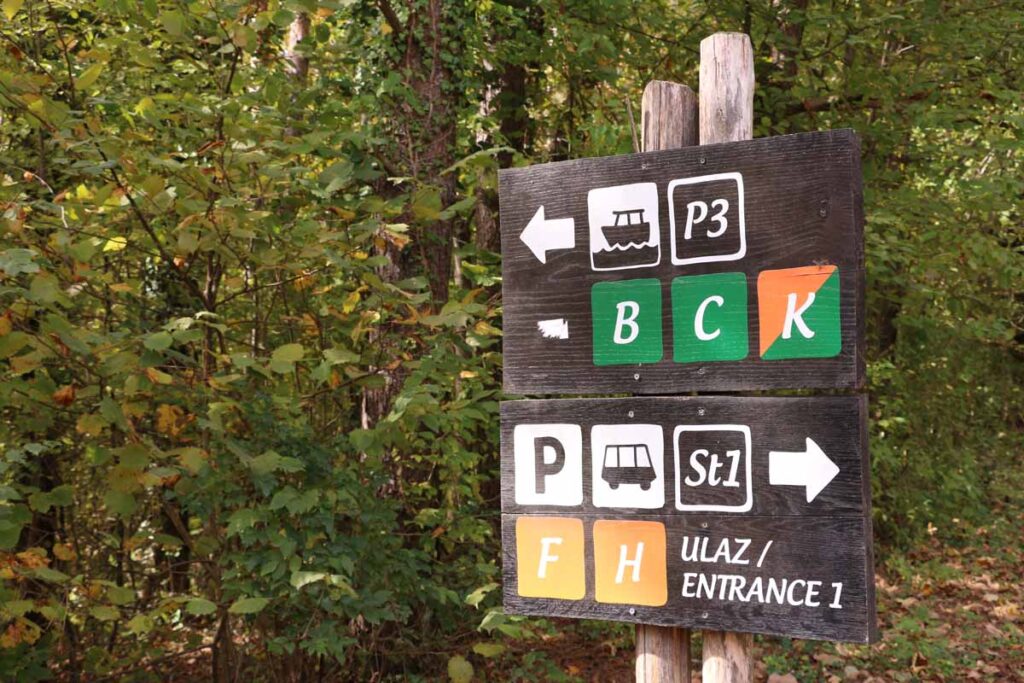
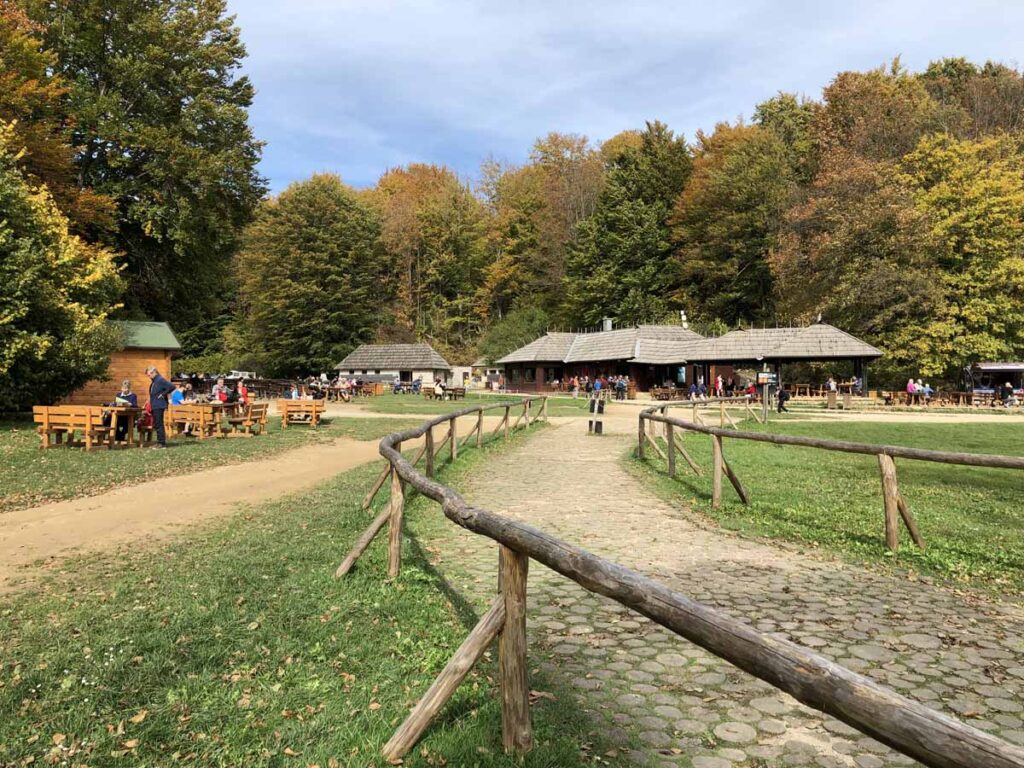
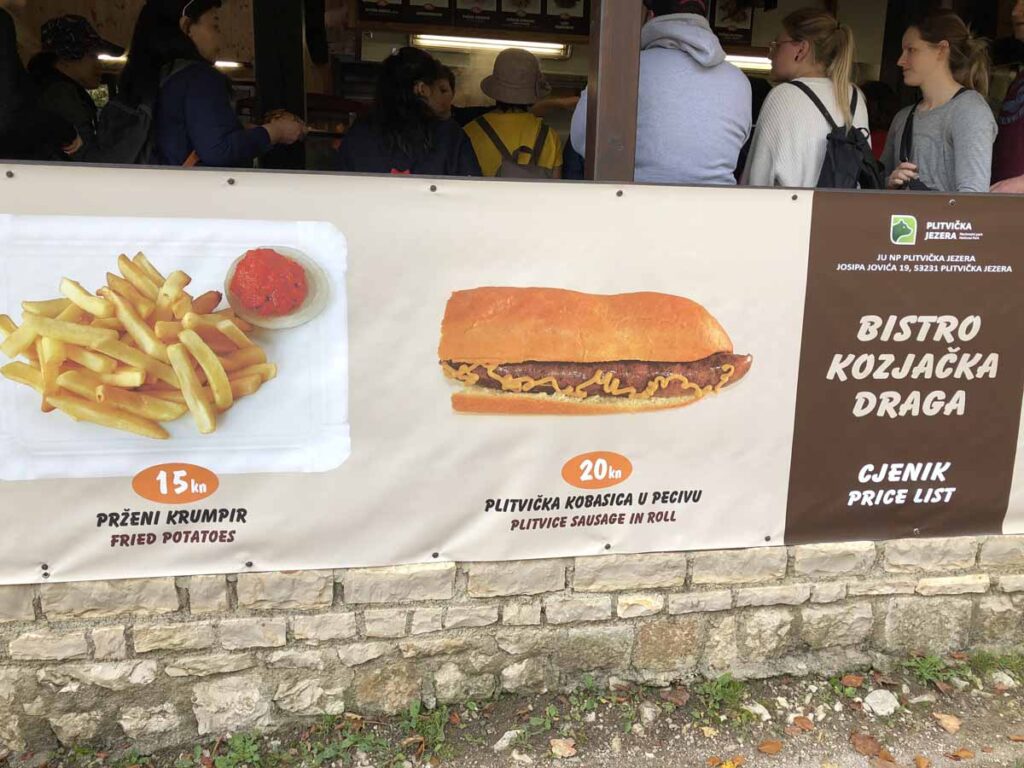
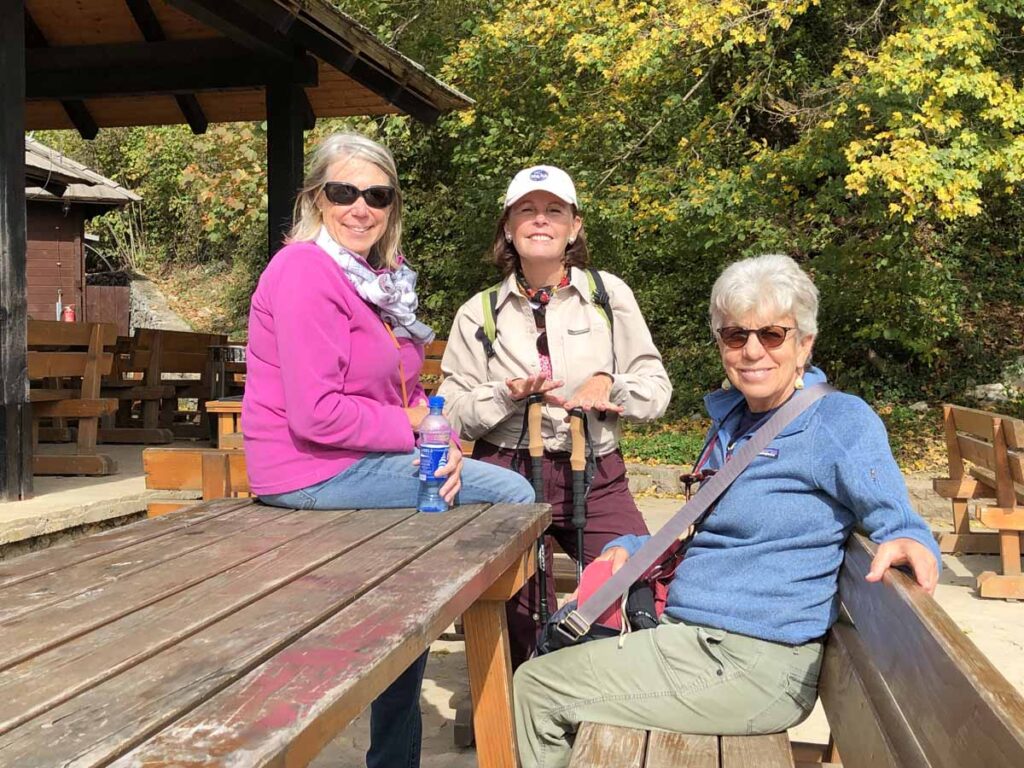
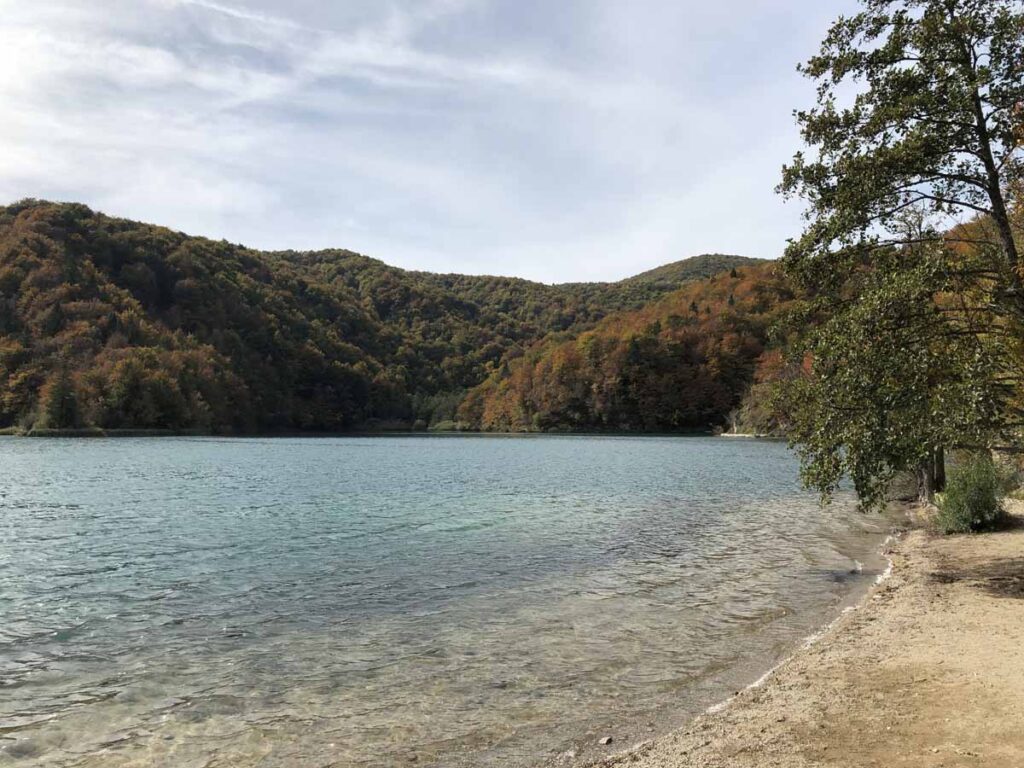
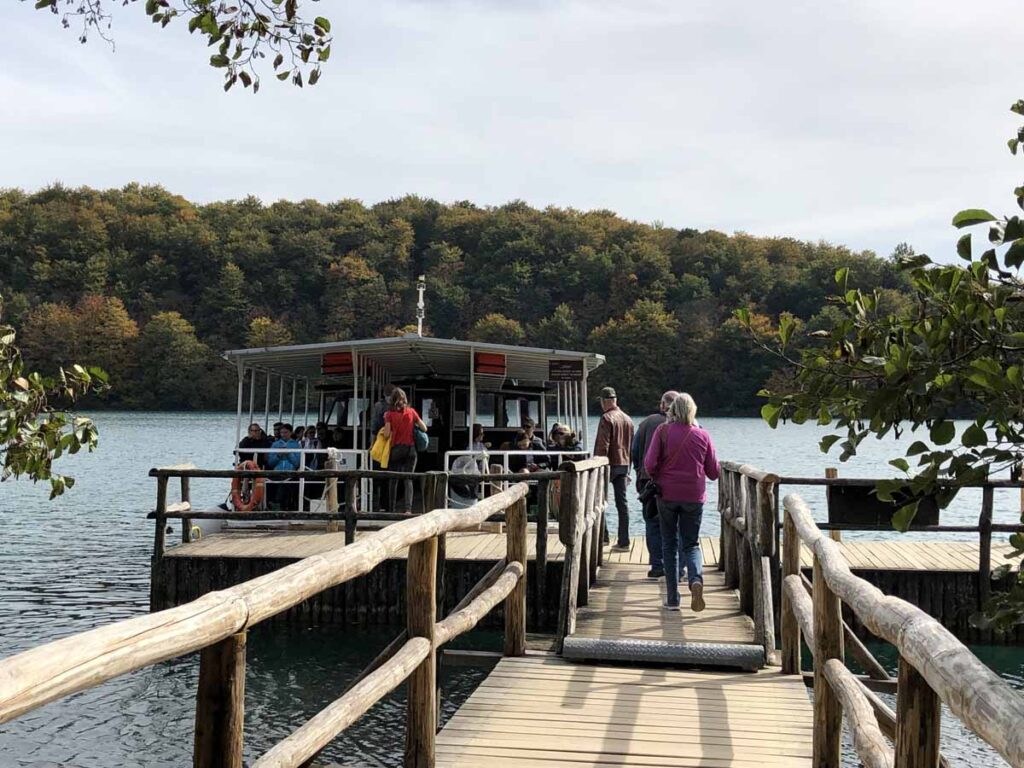
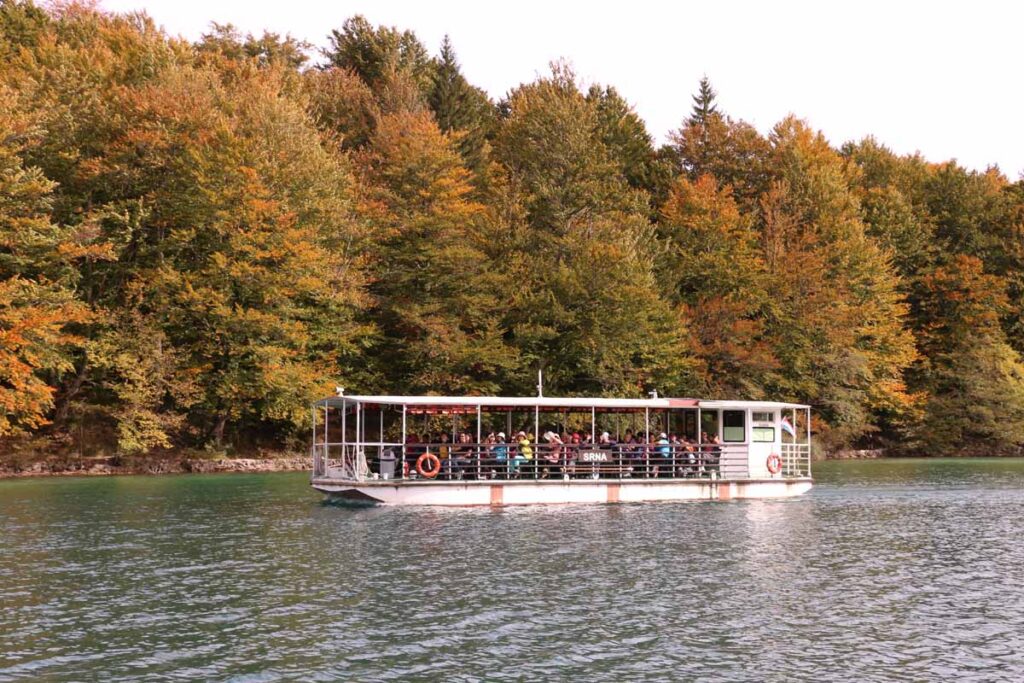
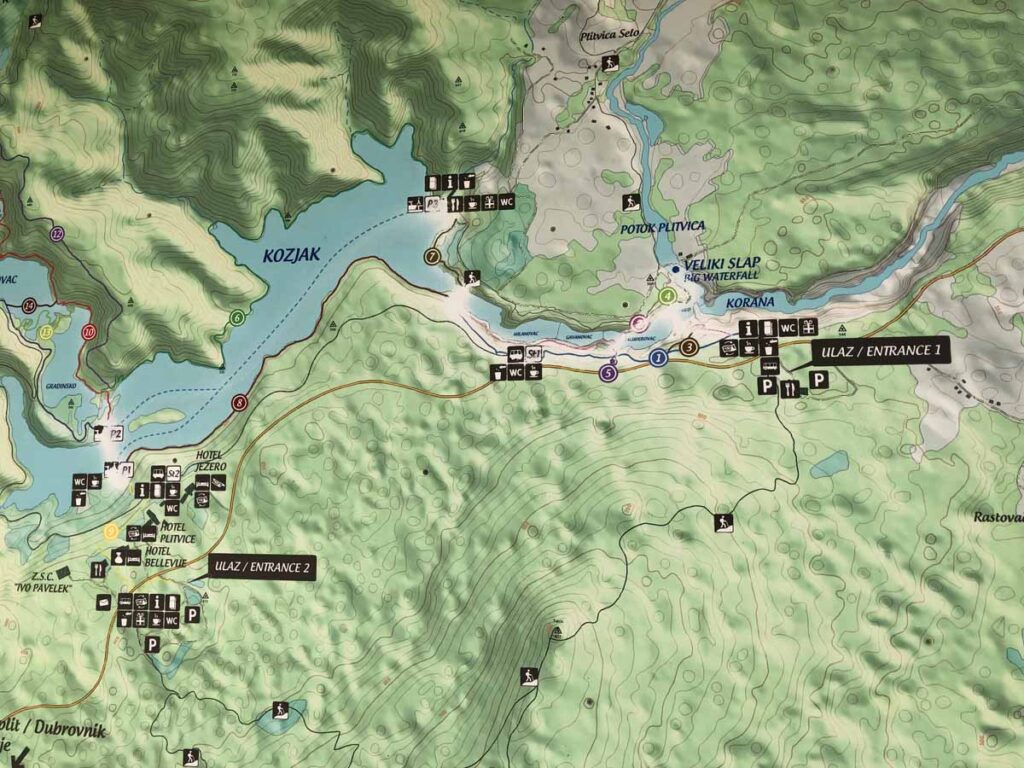
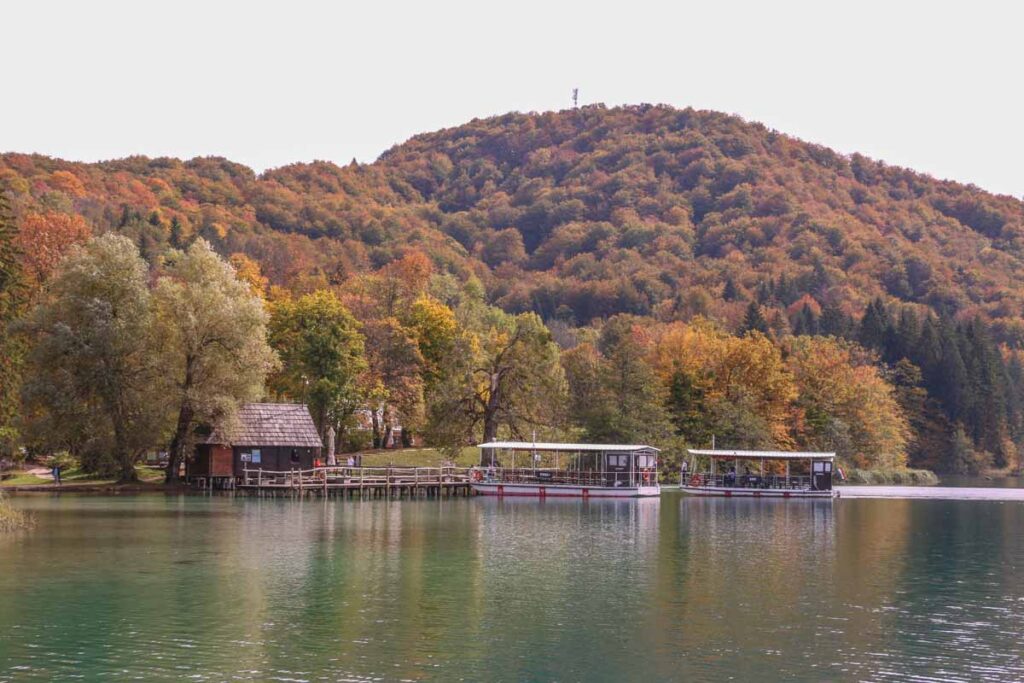
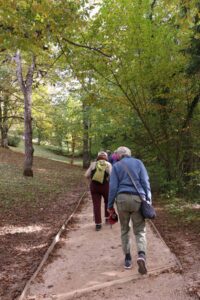
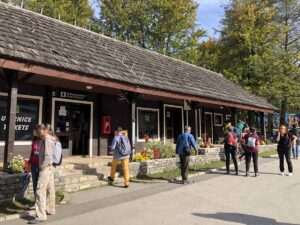
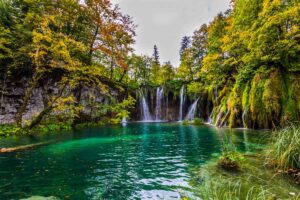
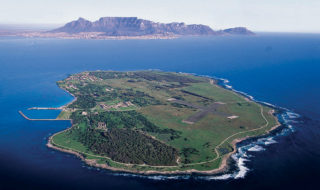
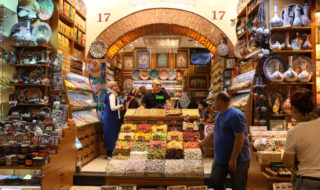
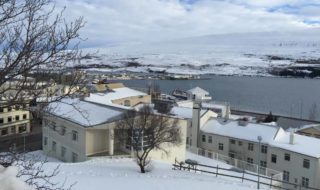
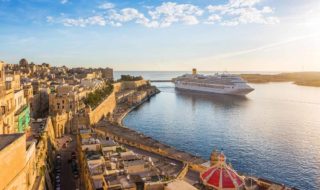
Post a Comment